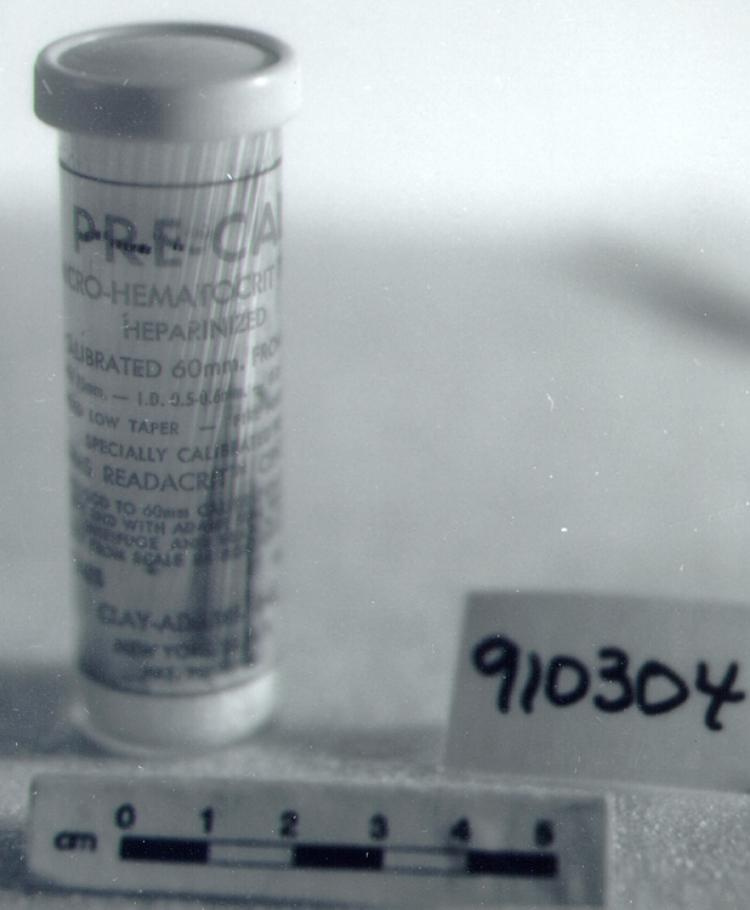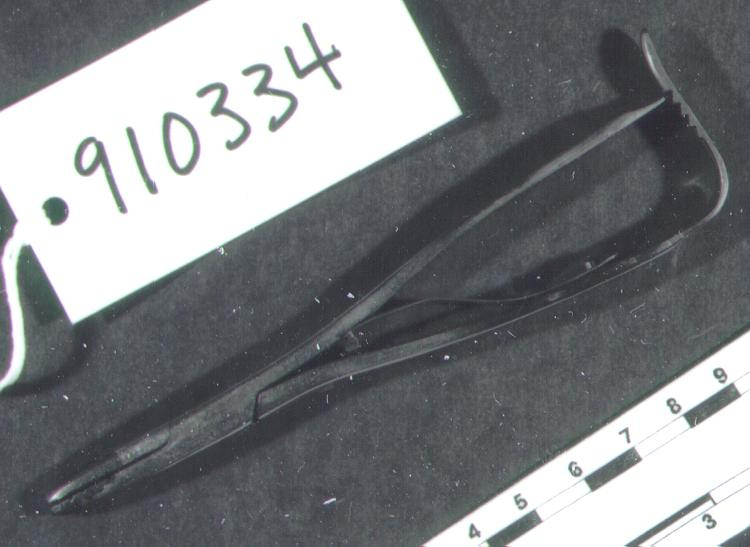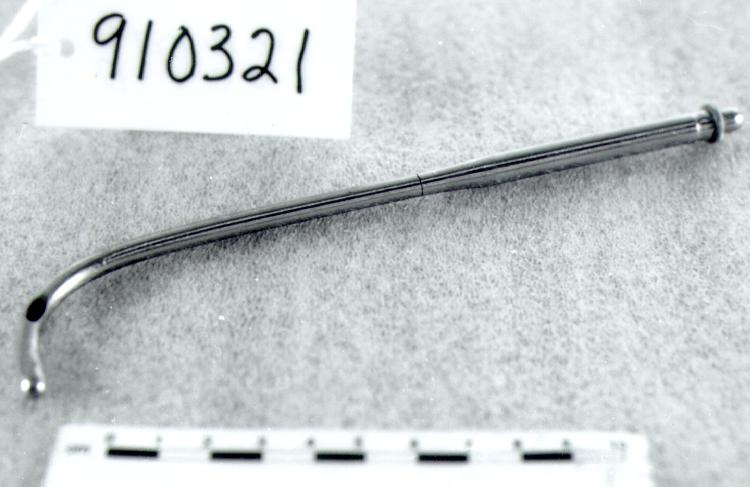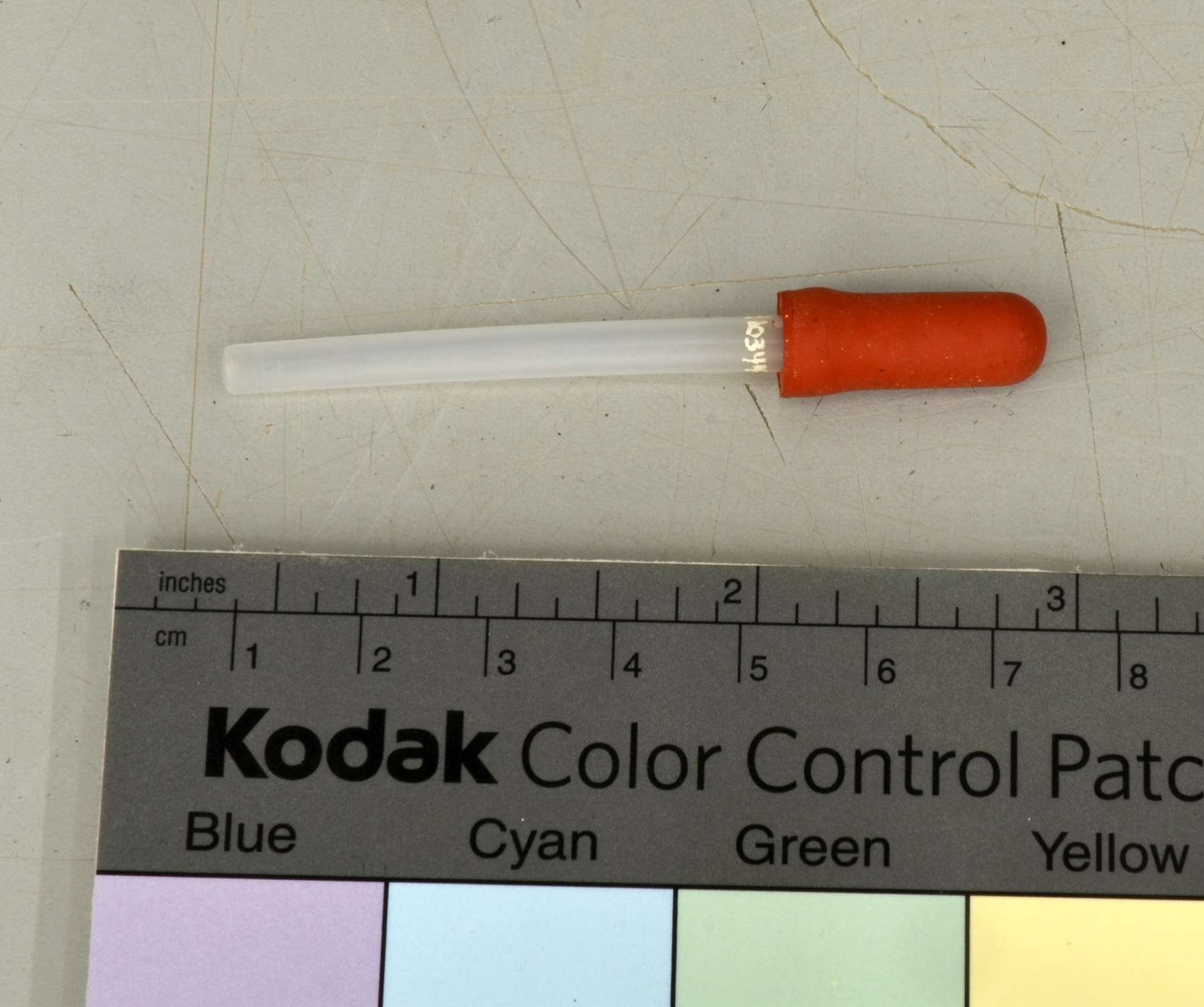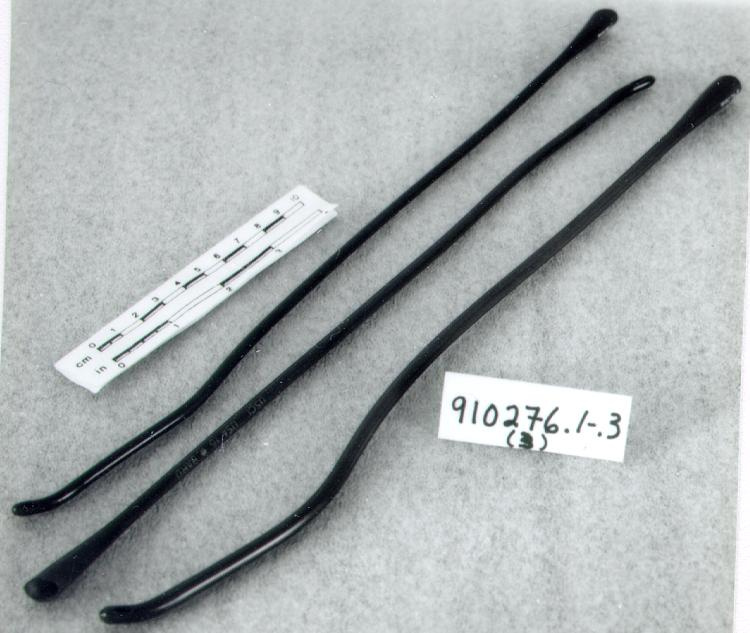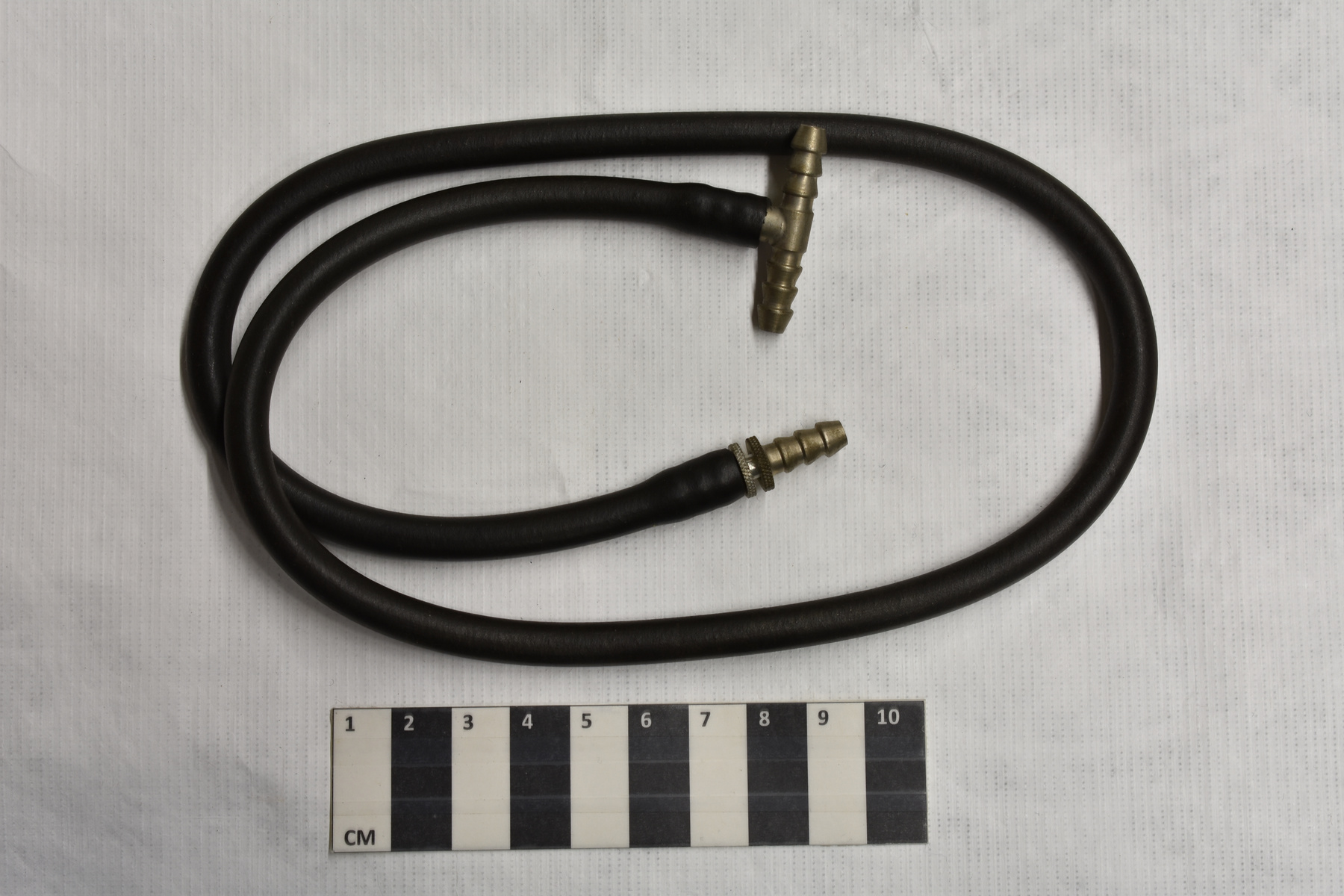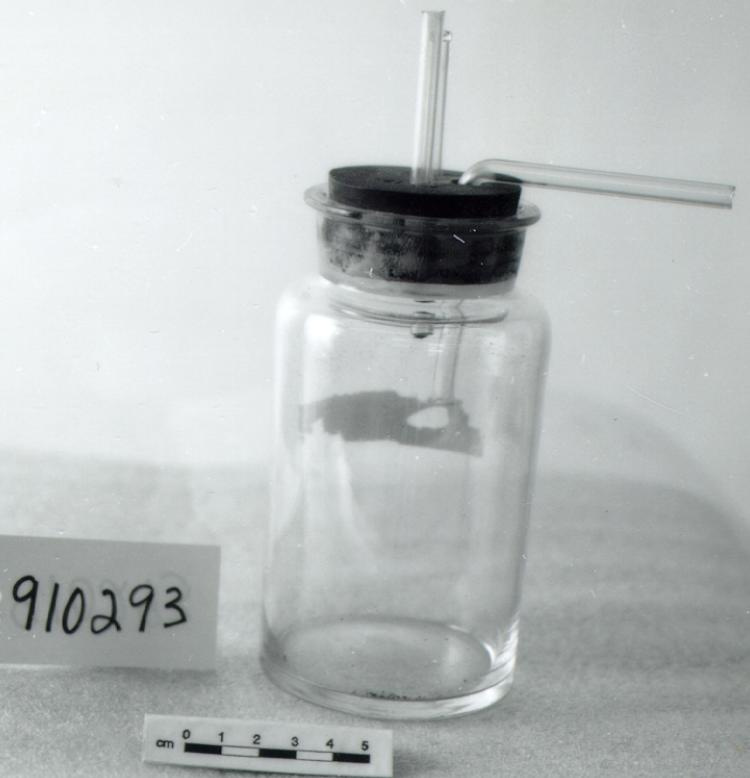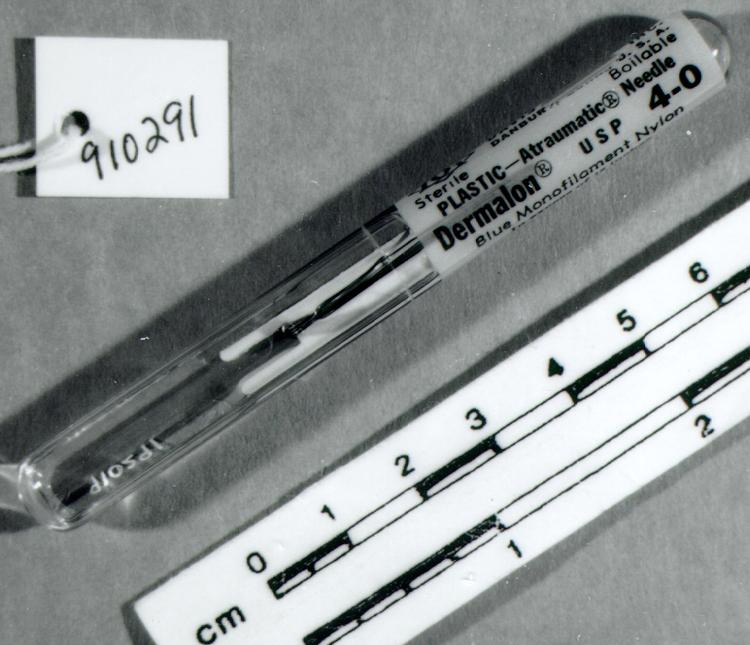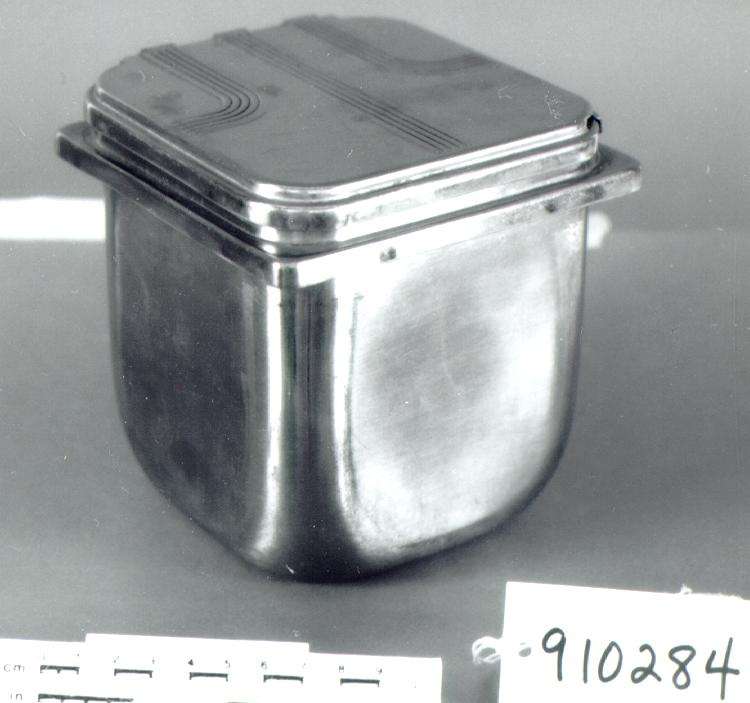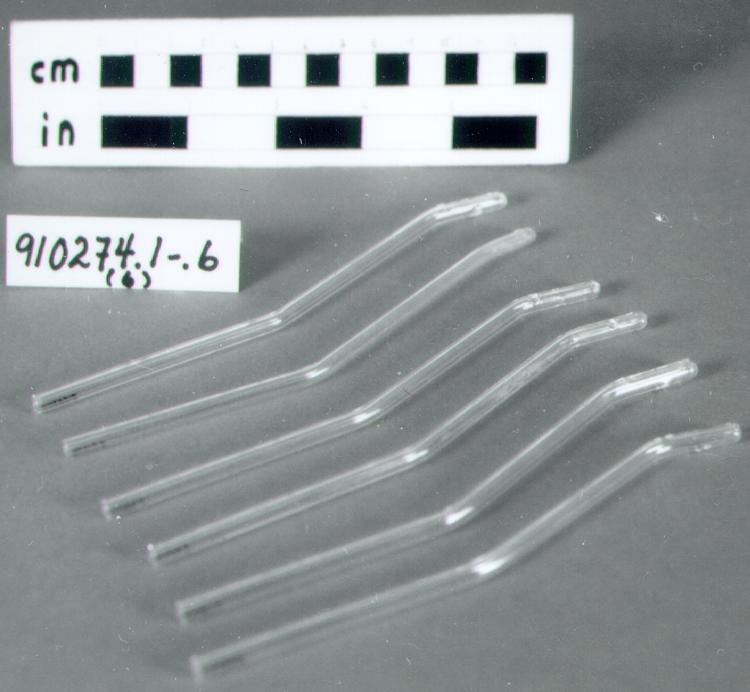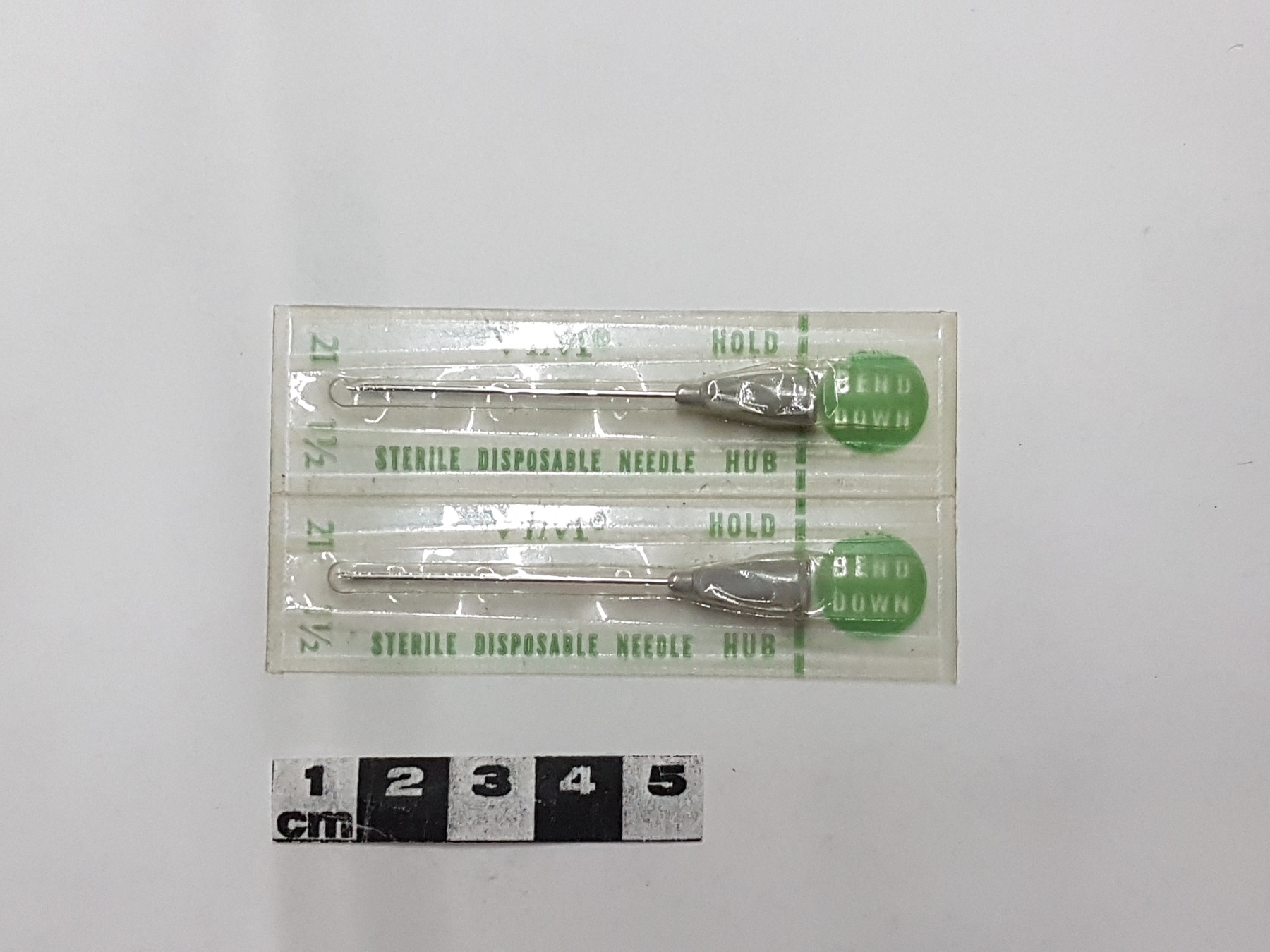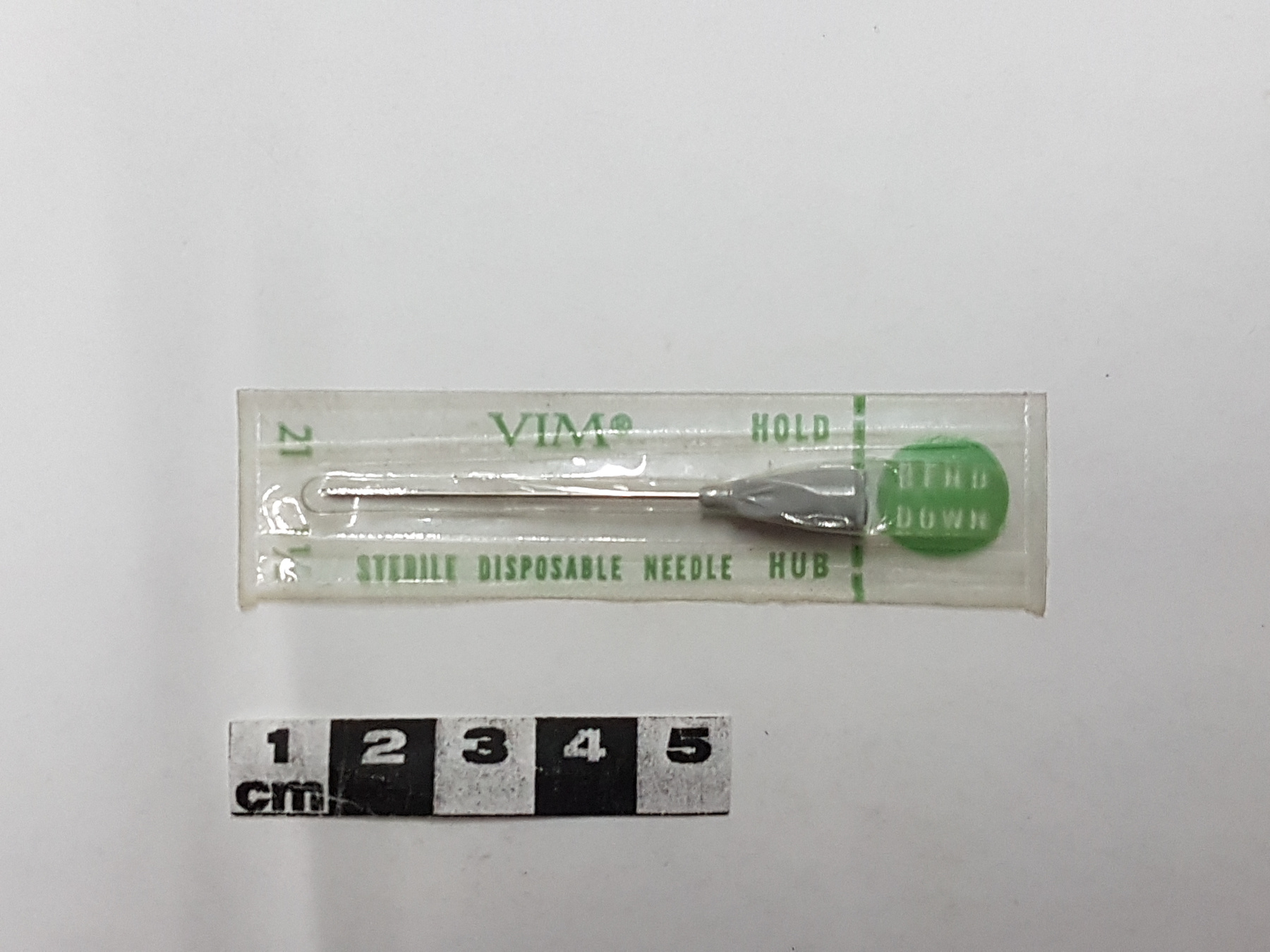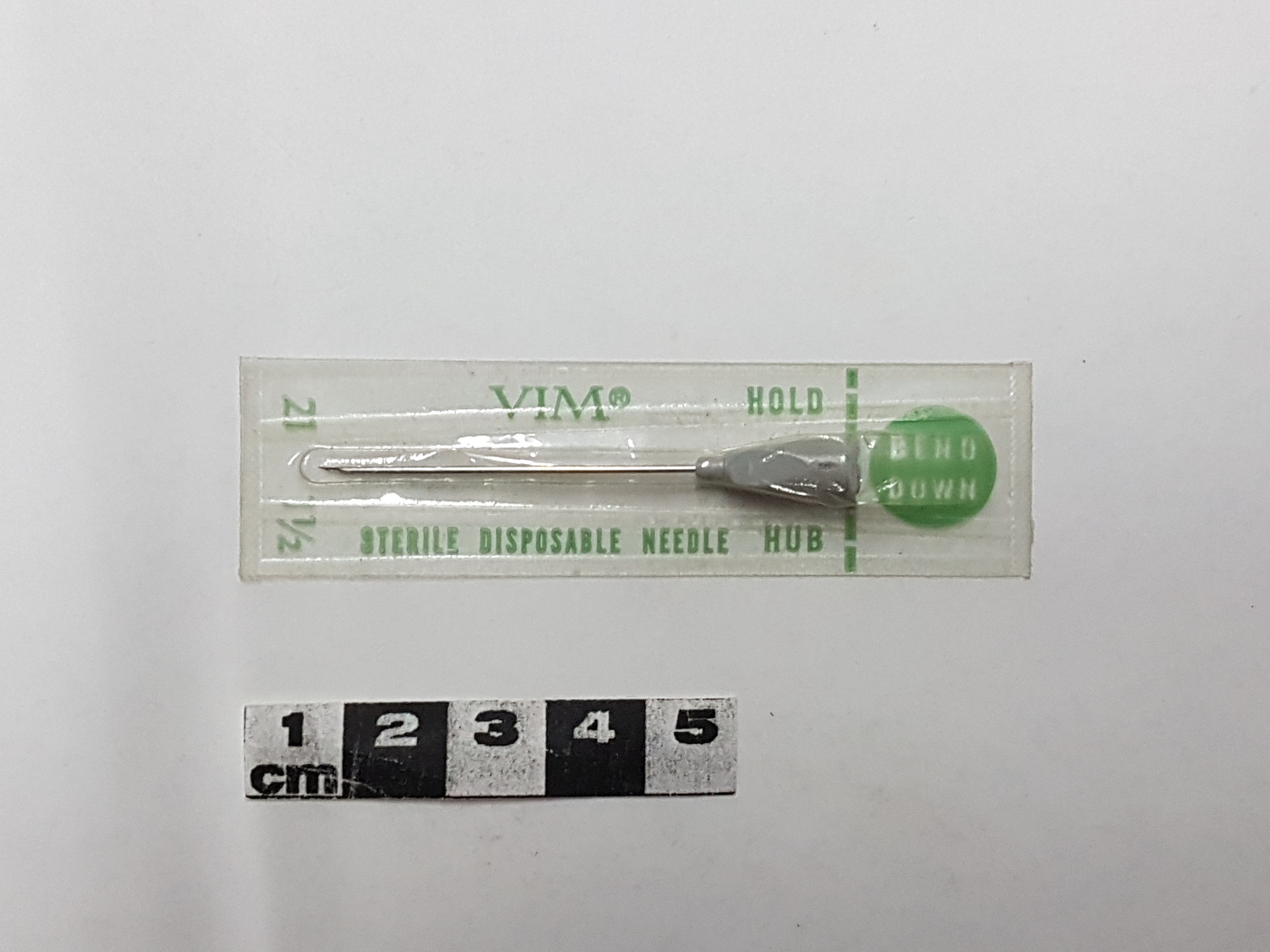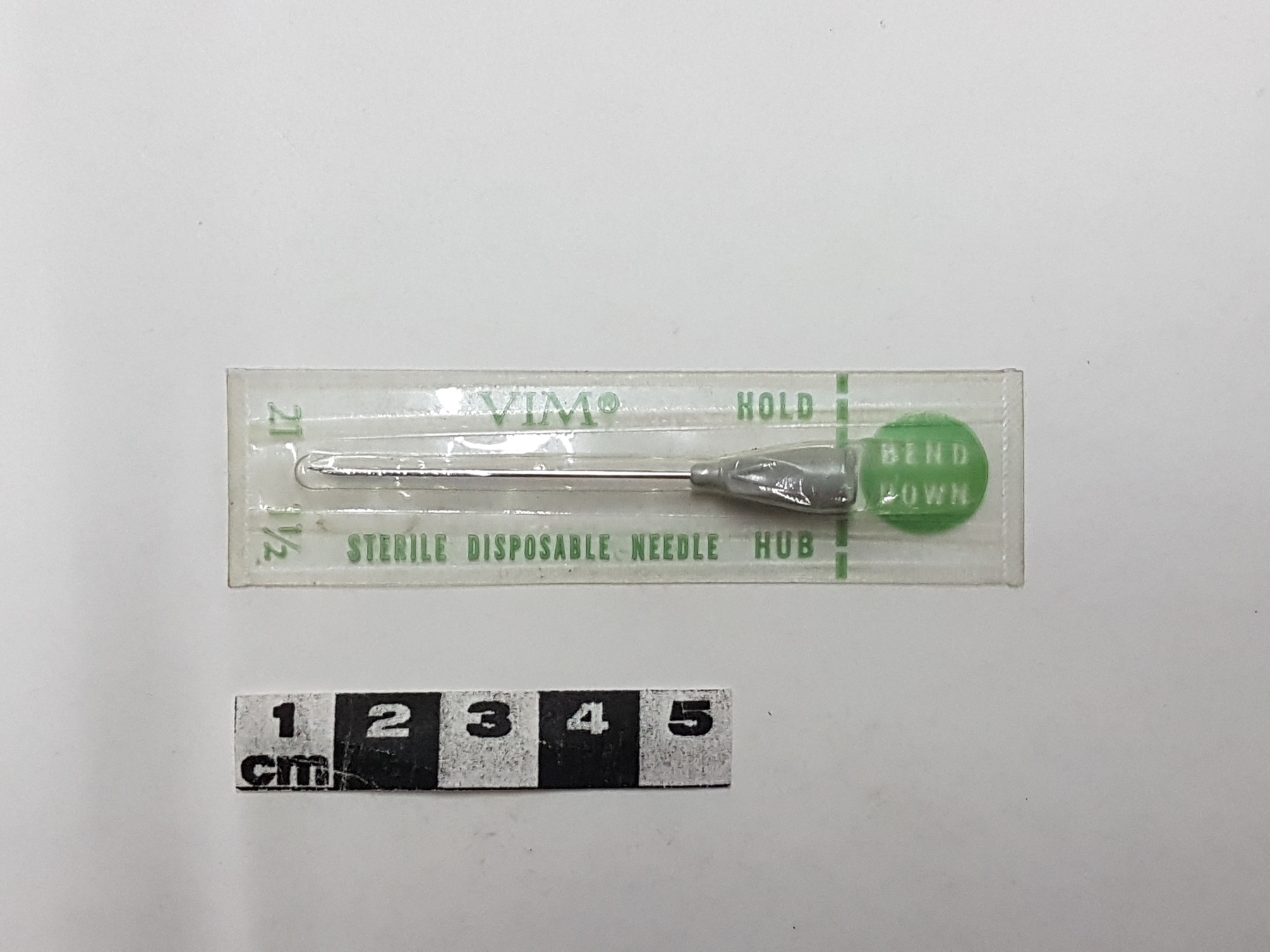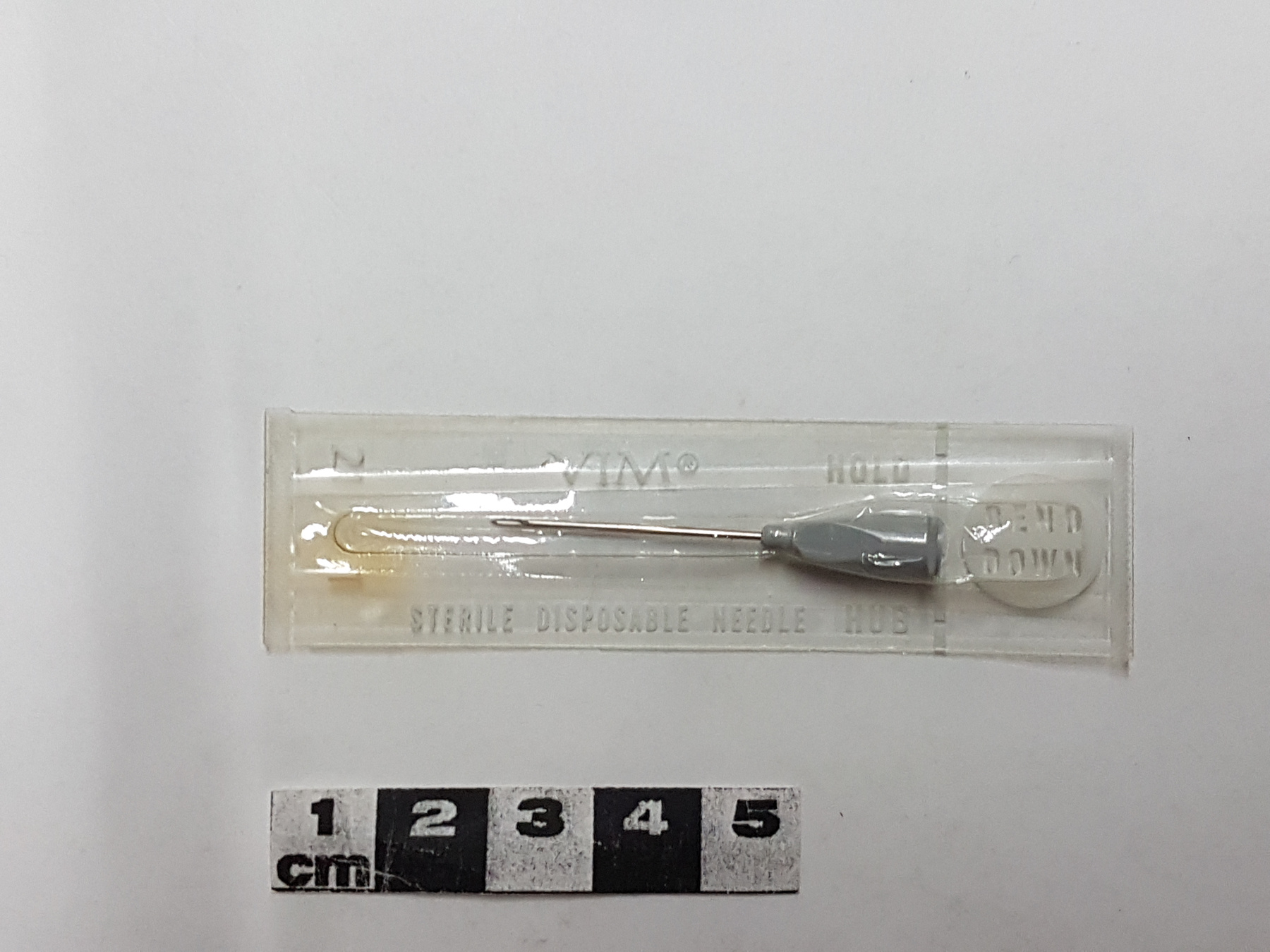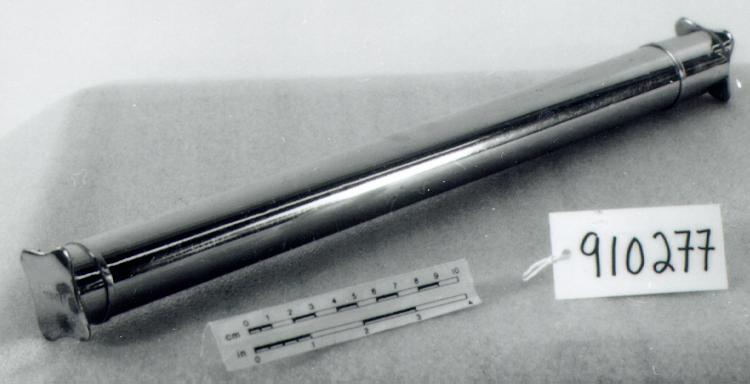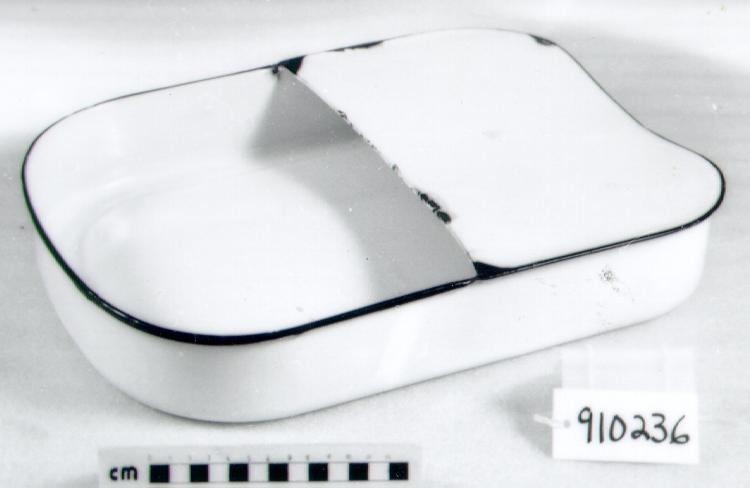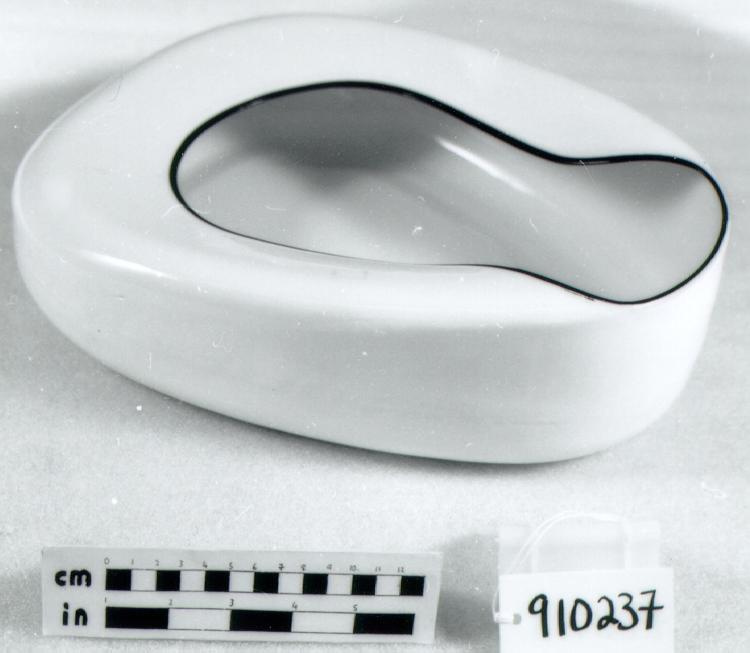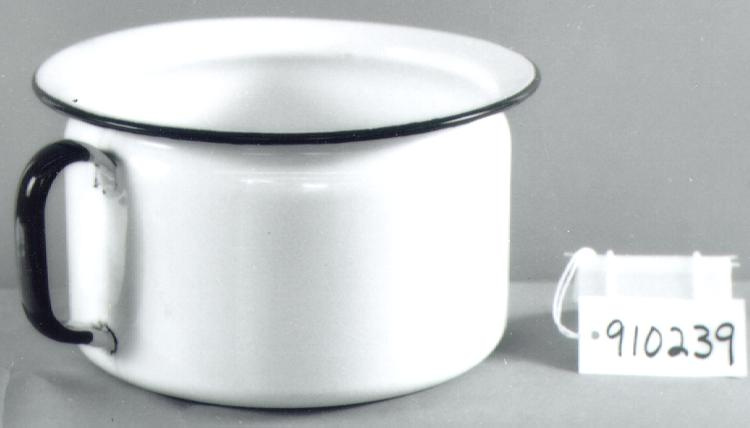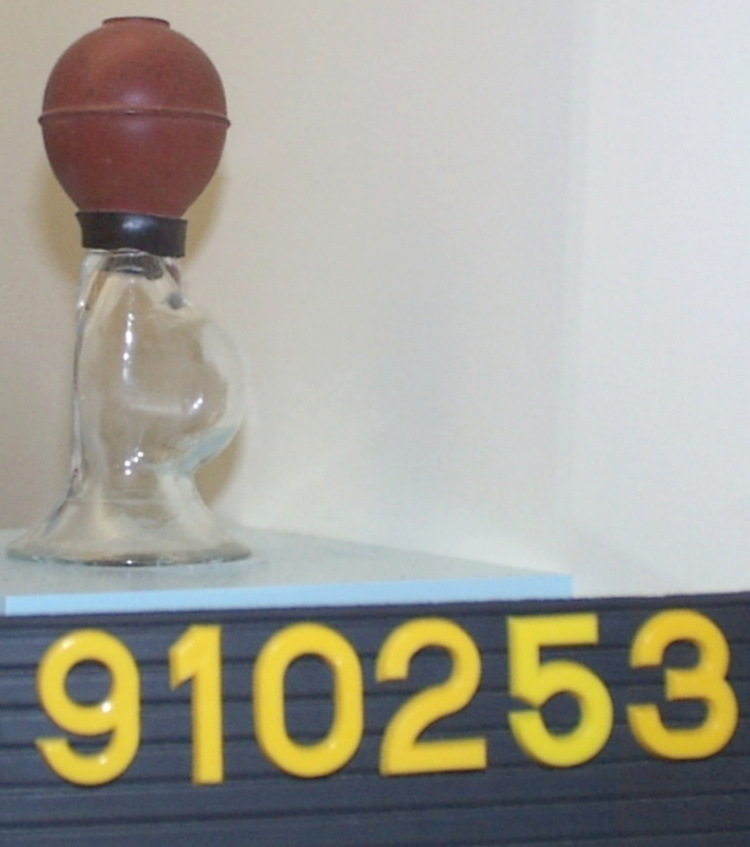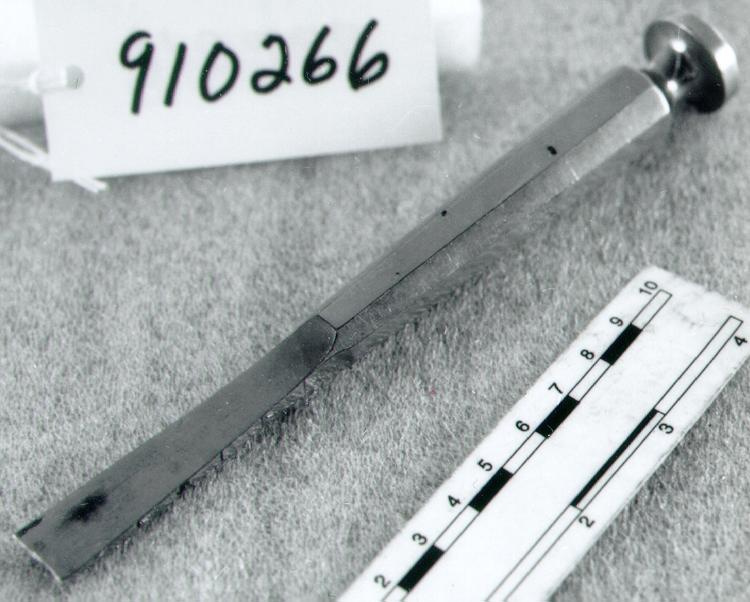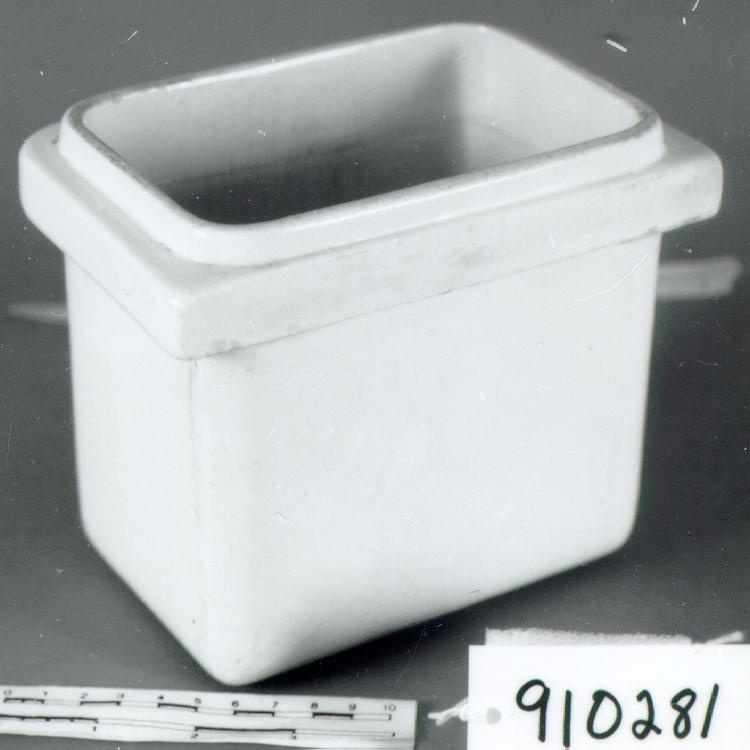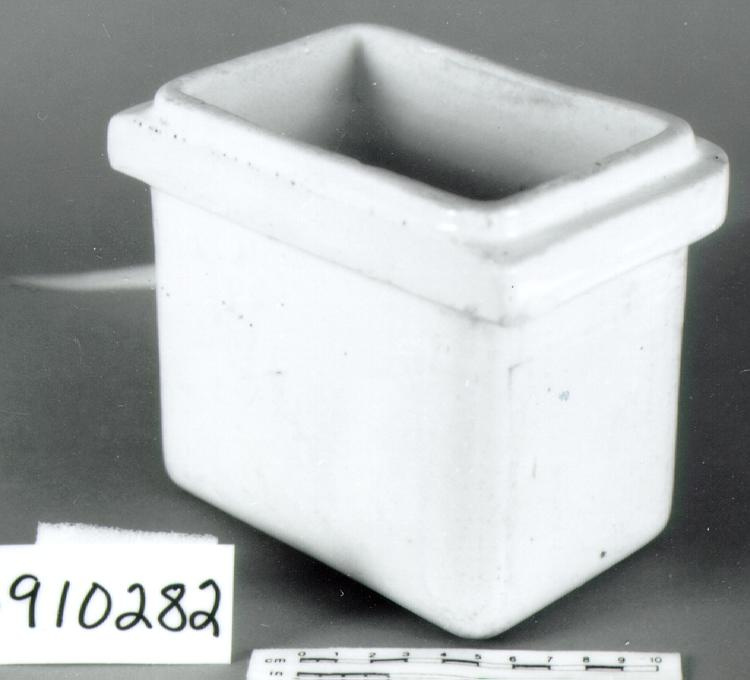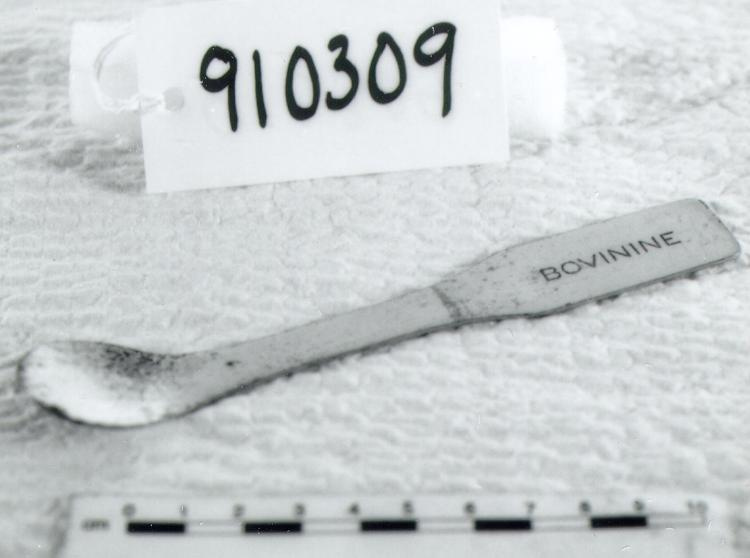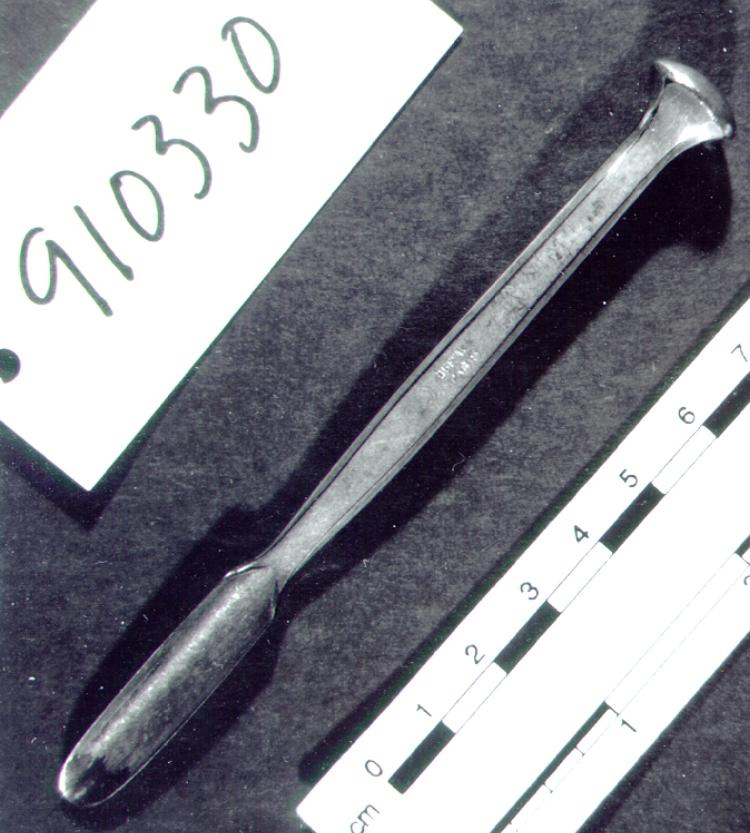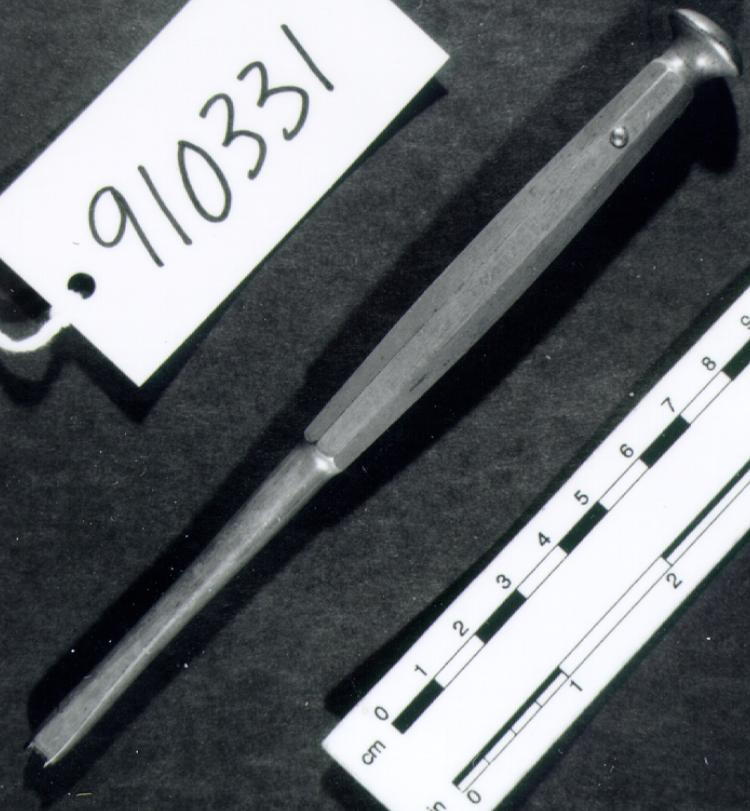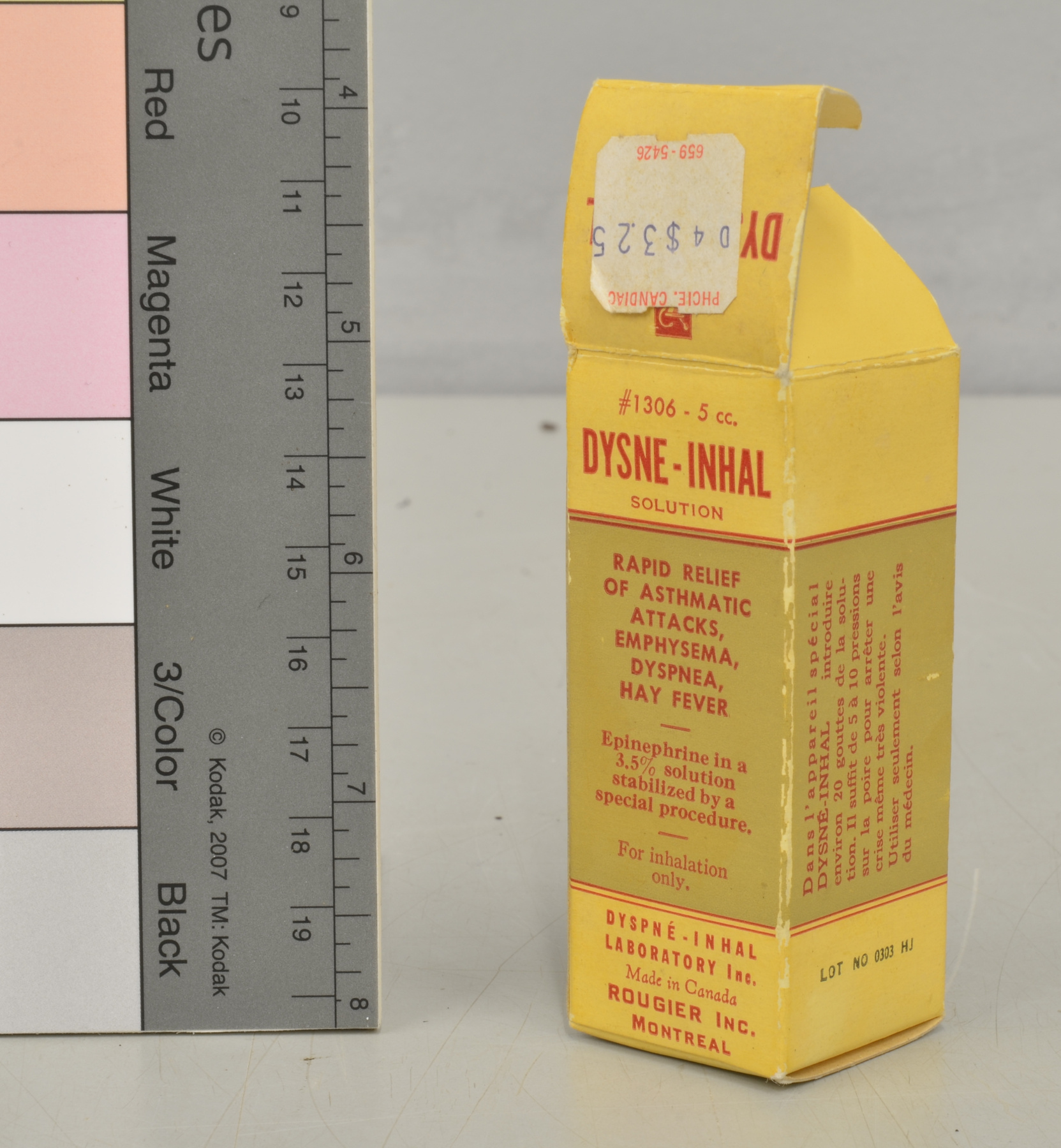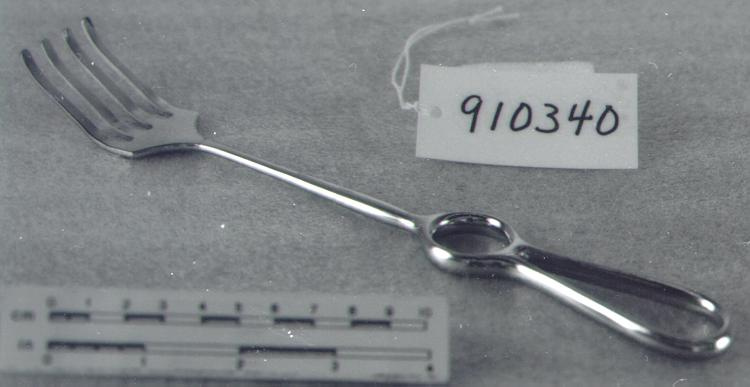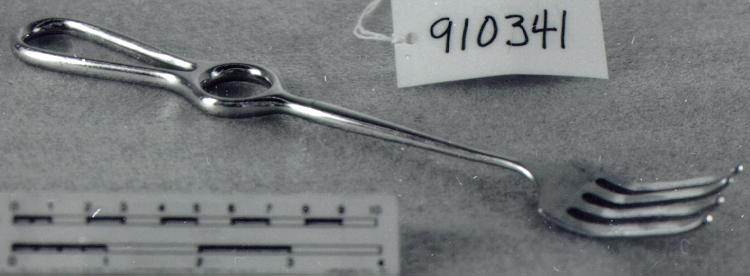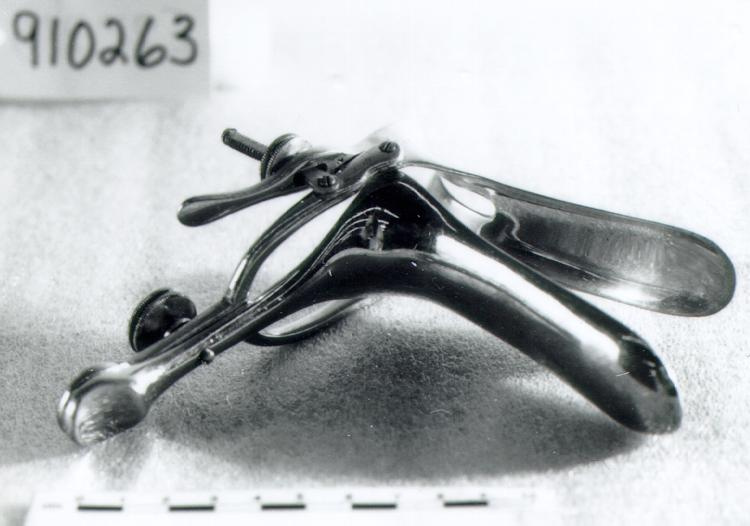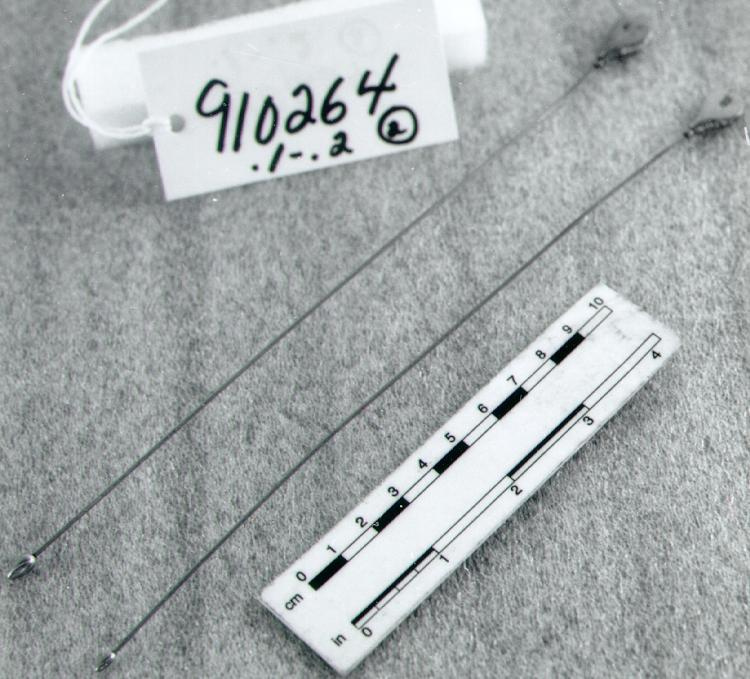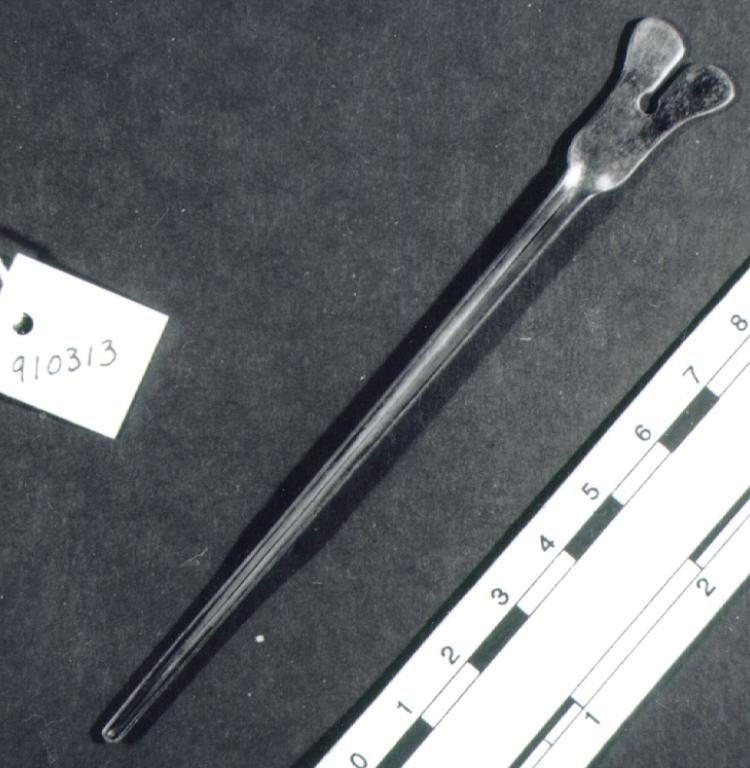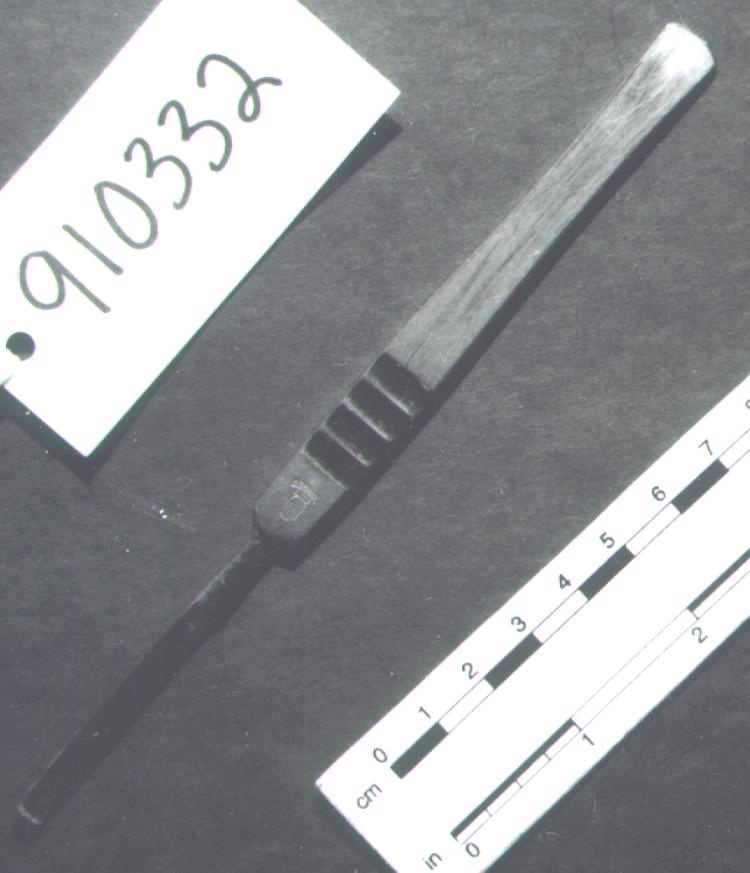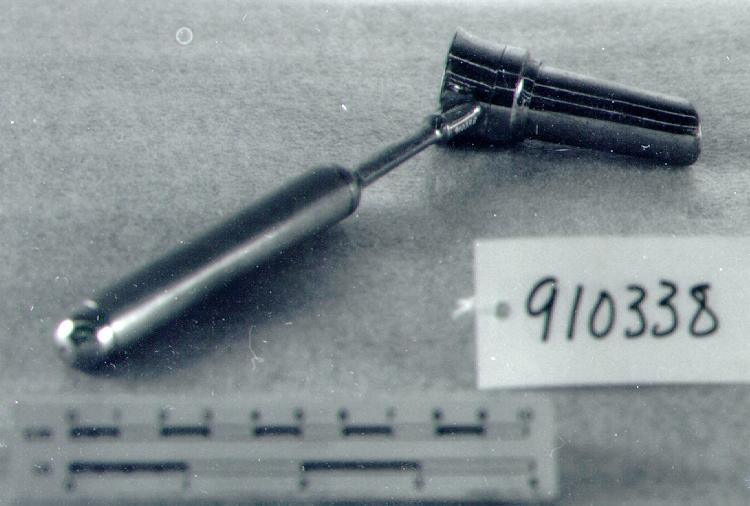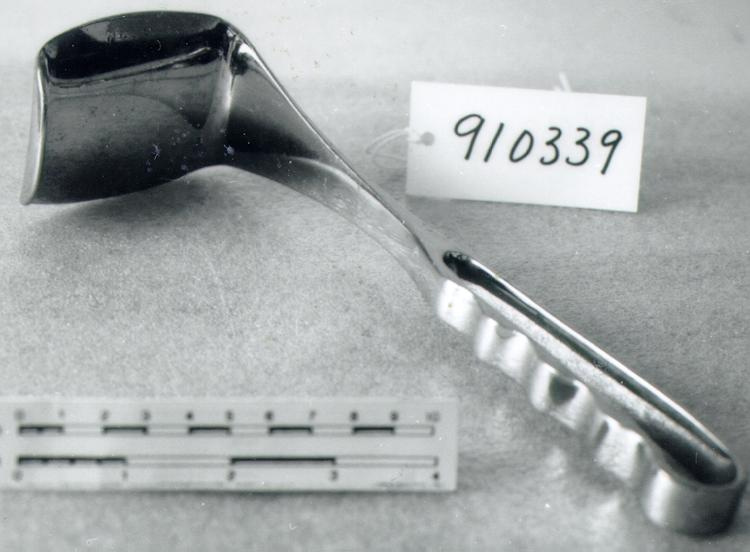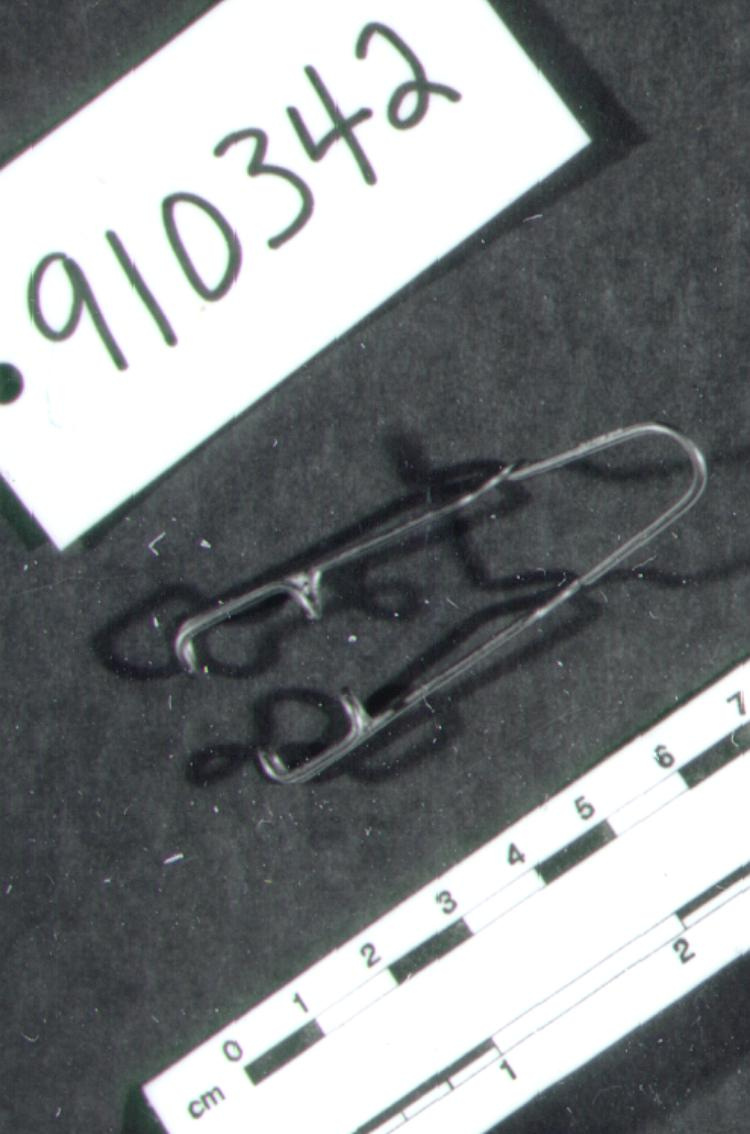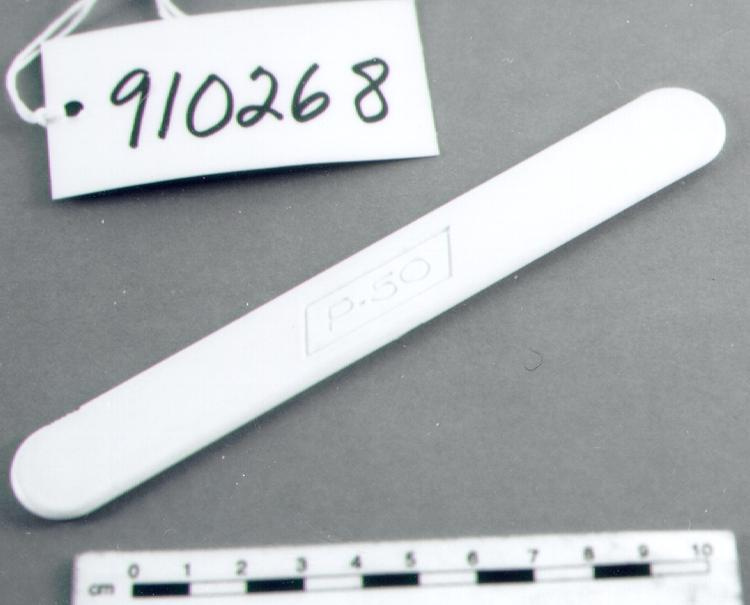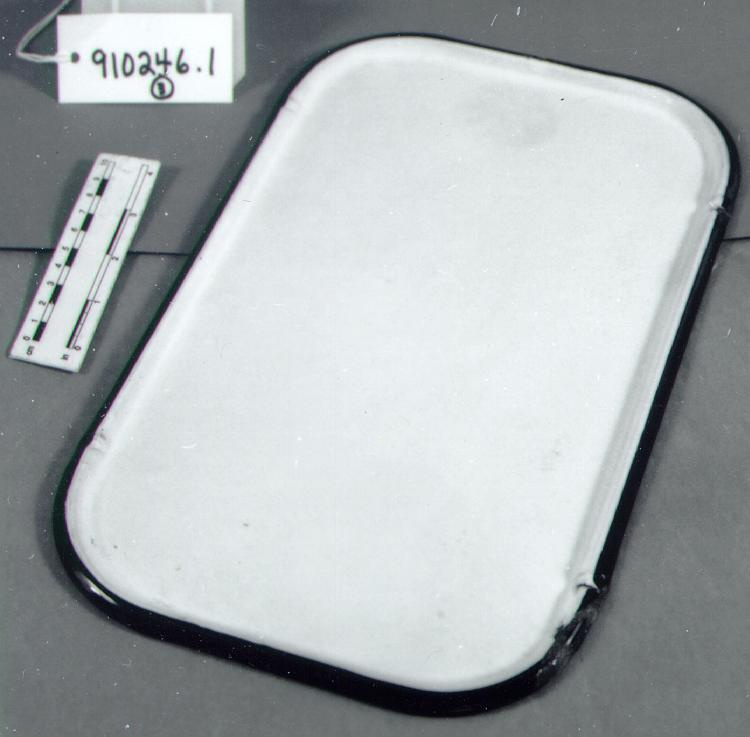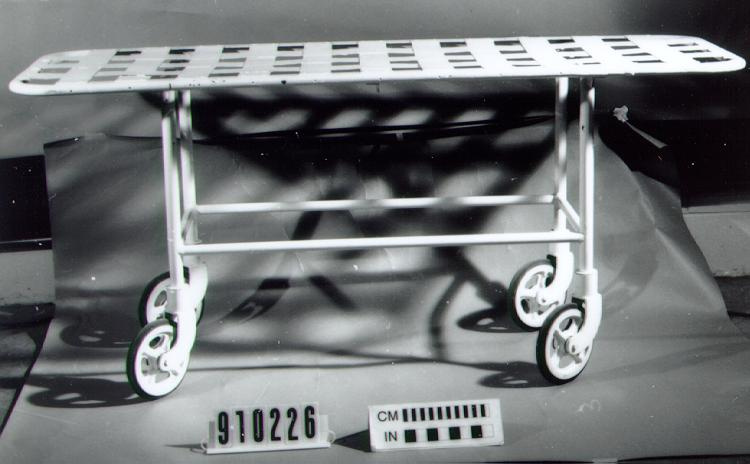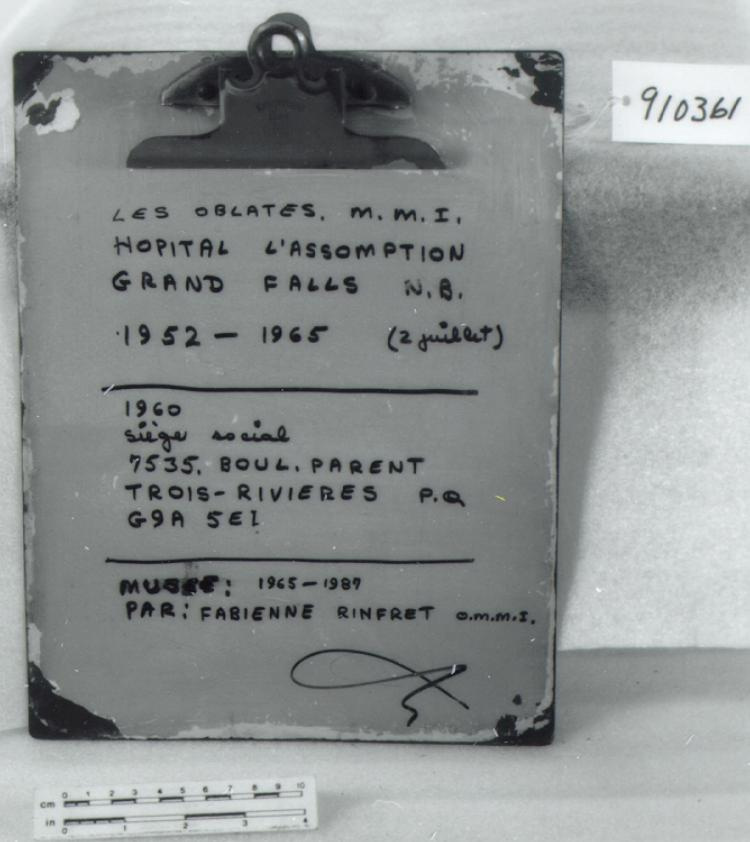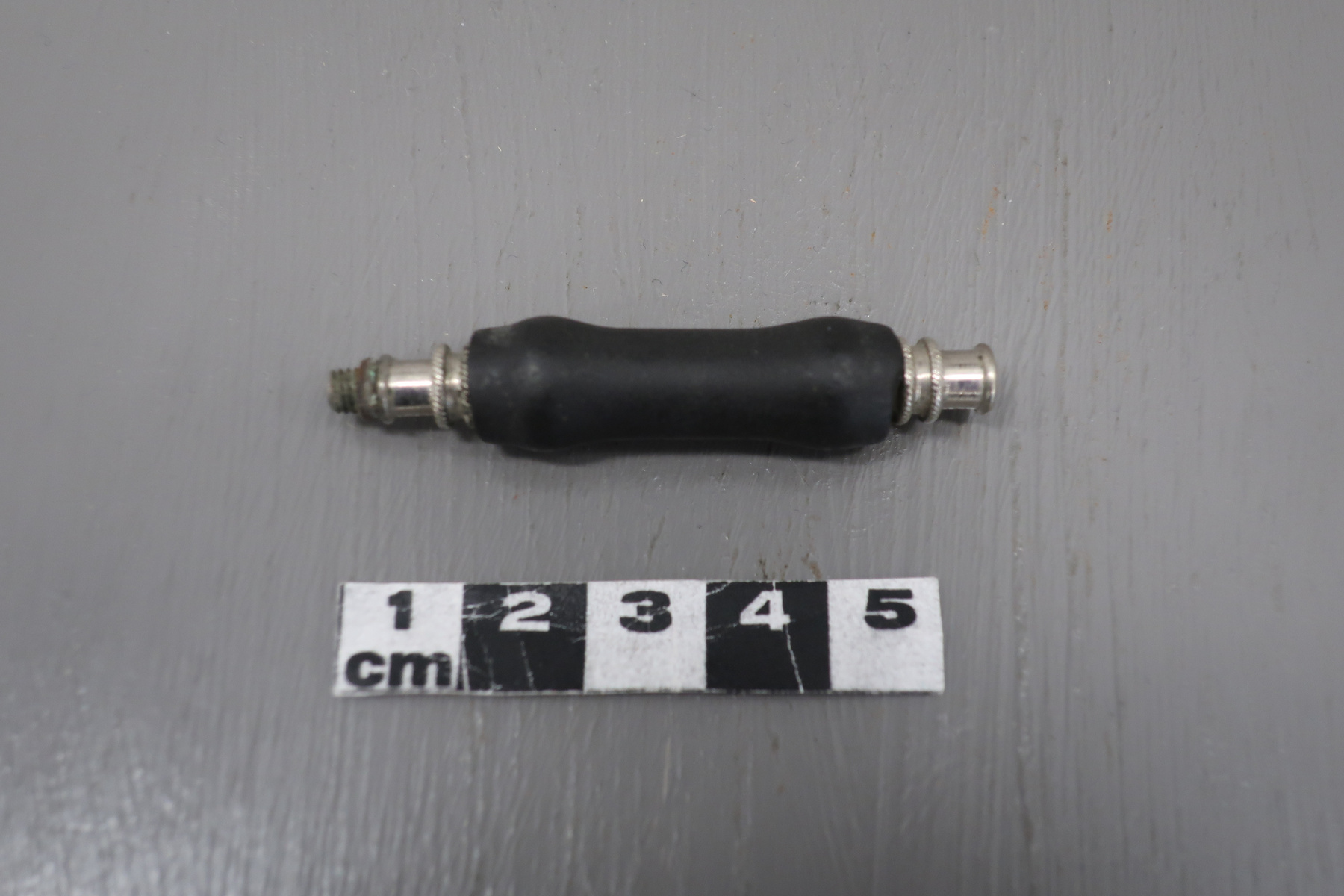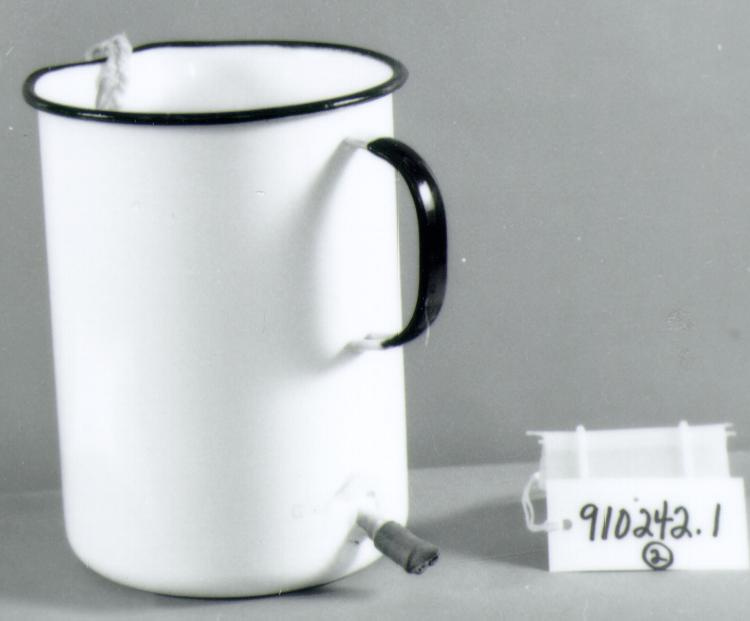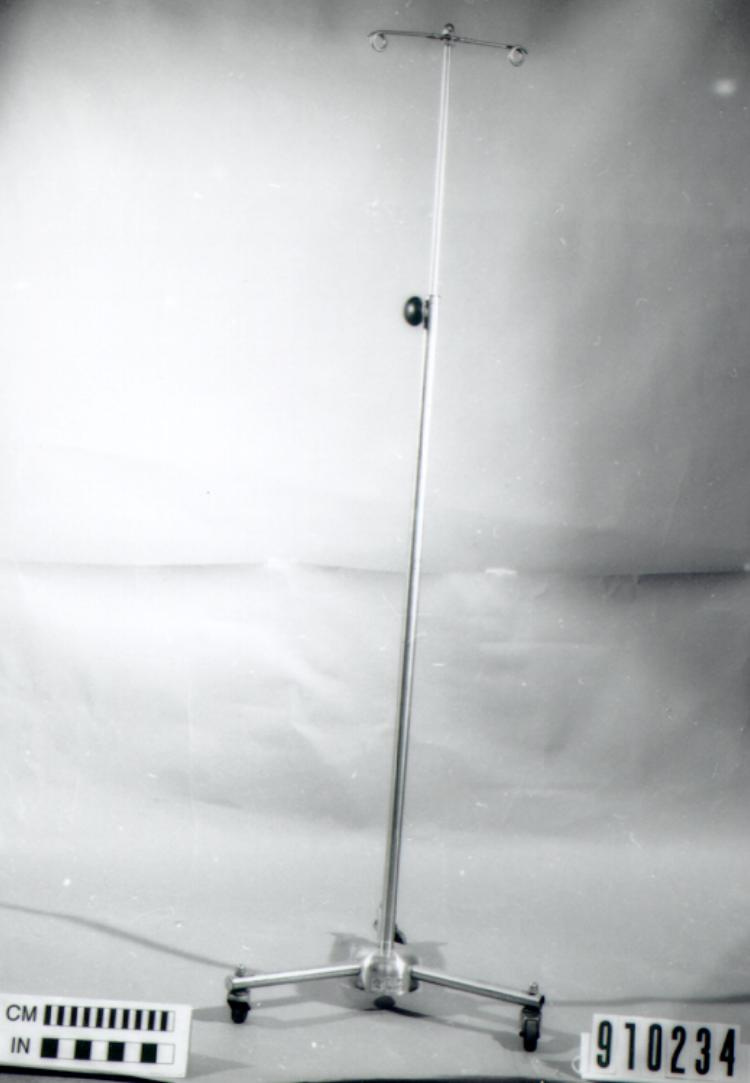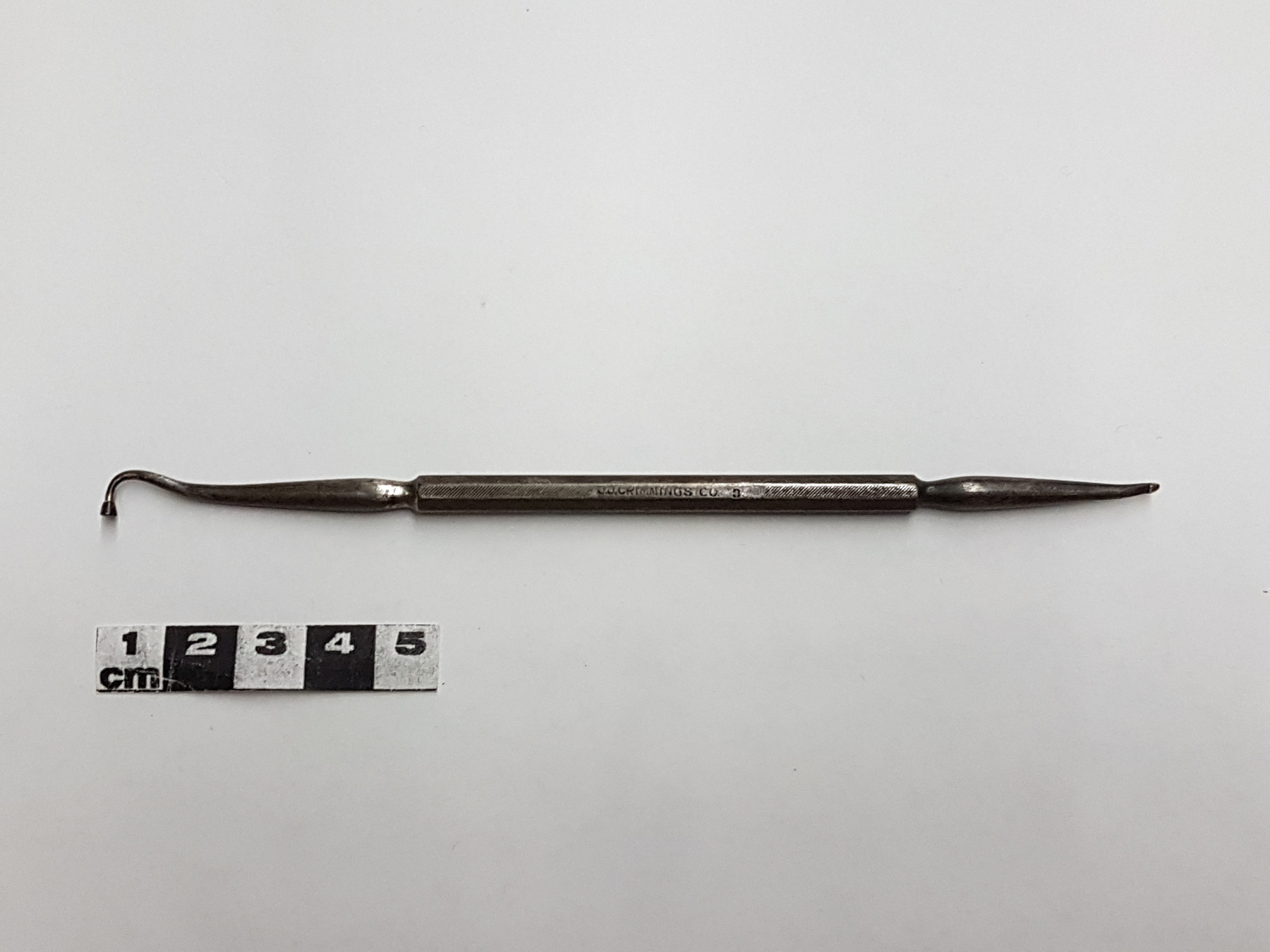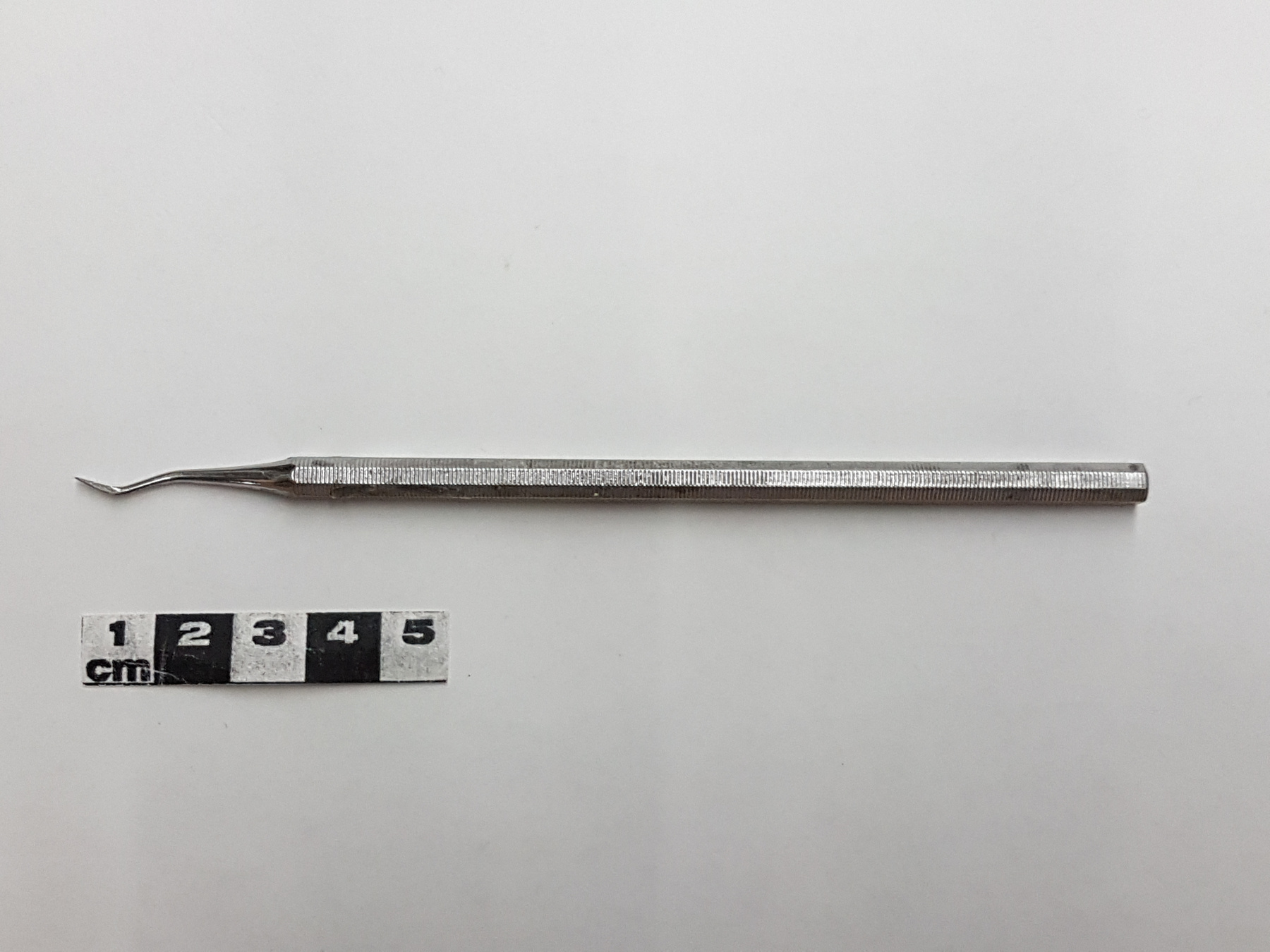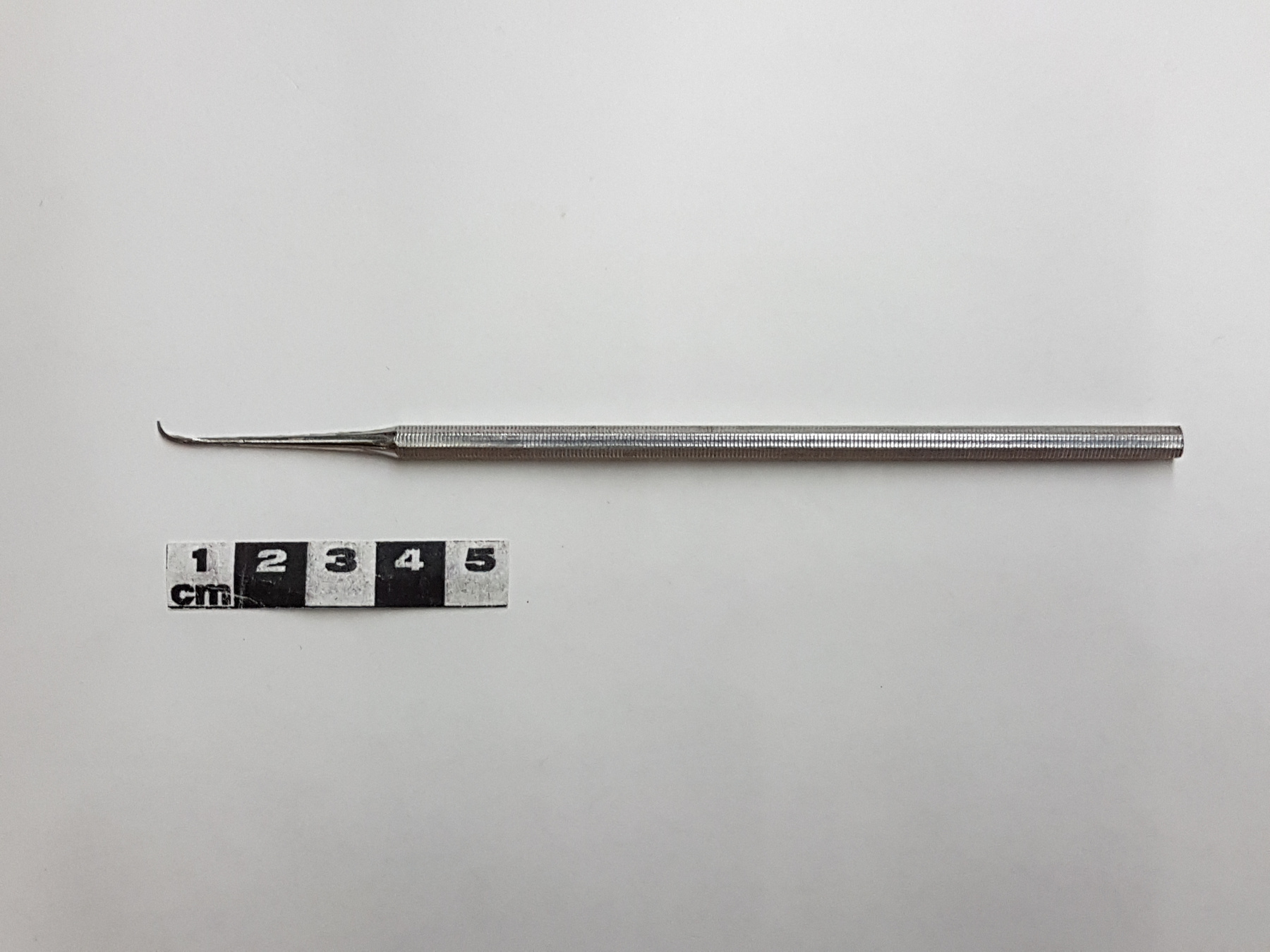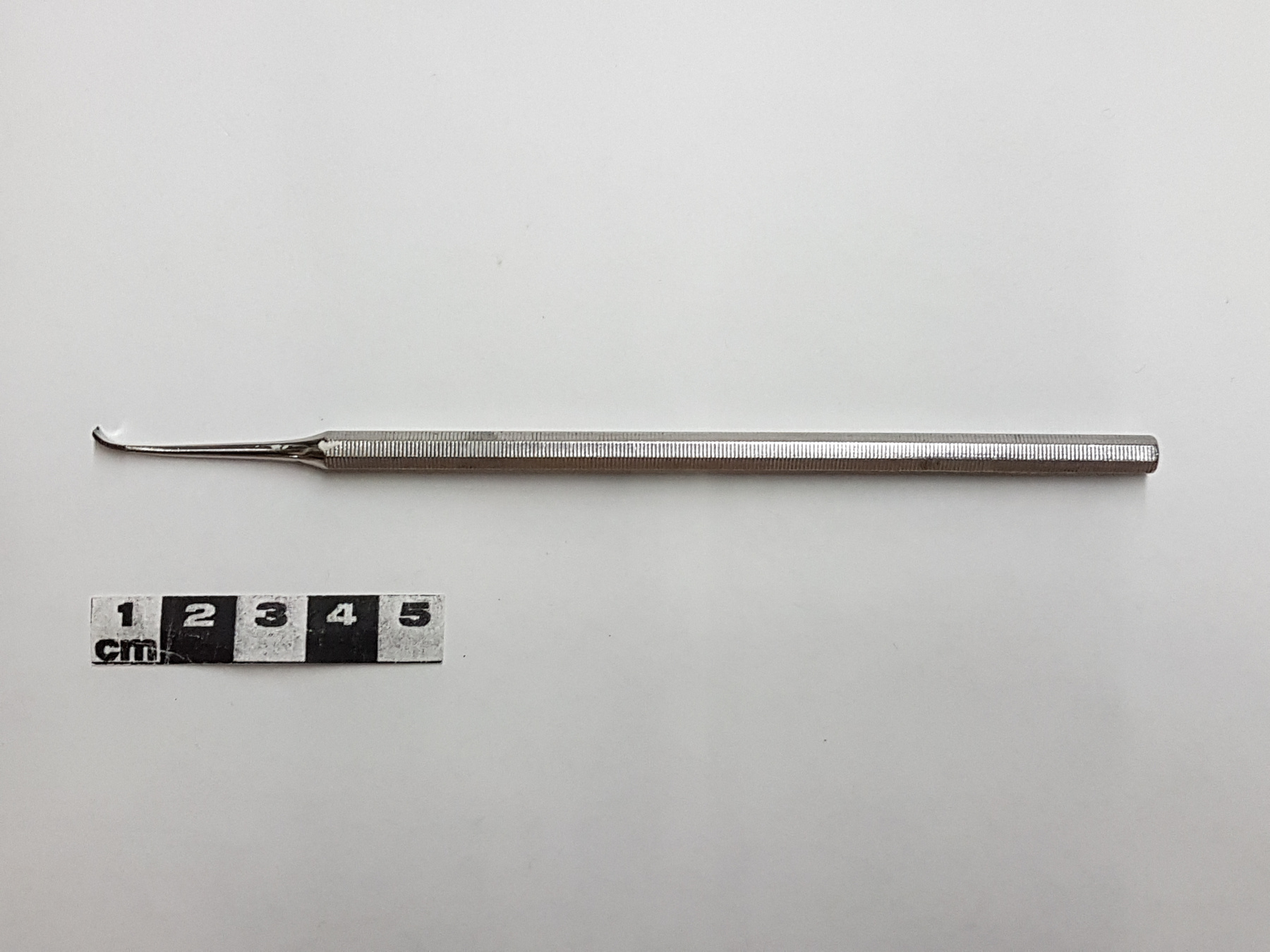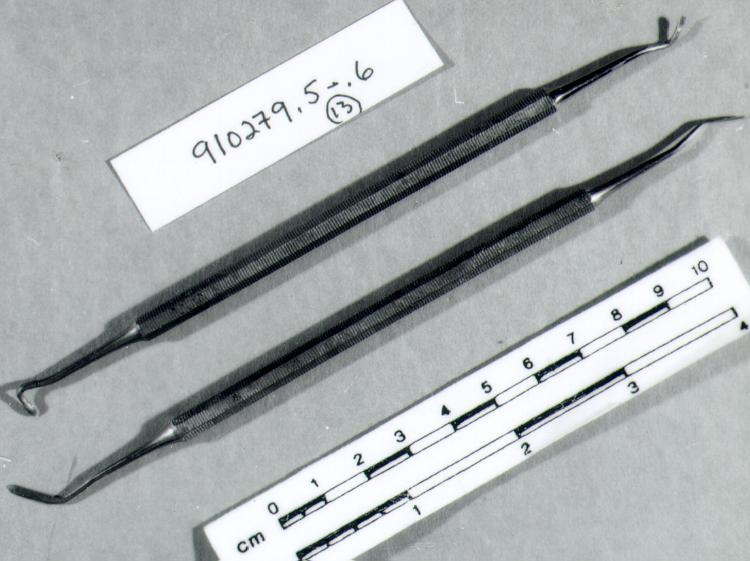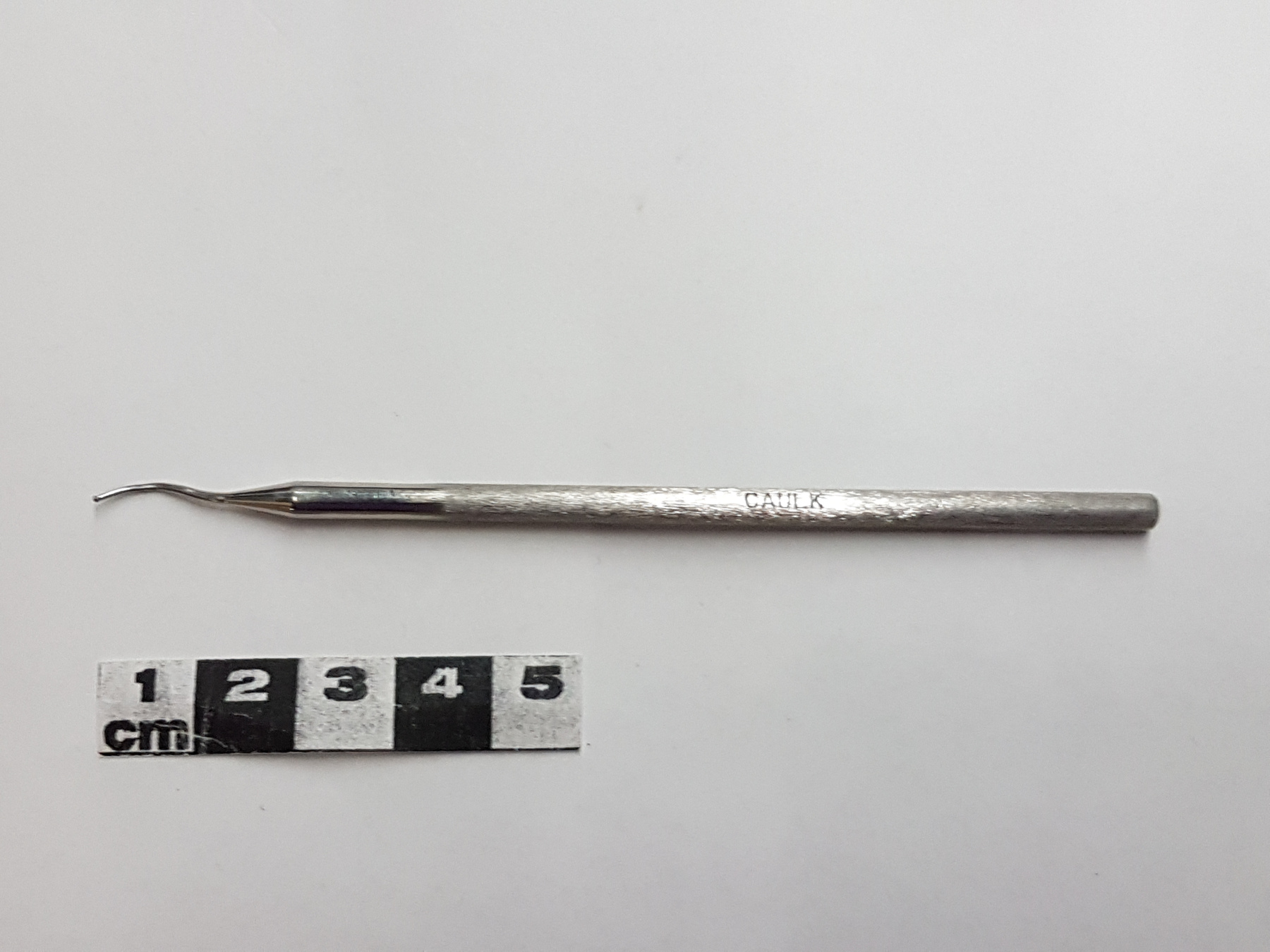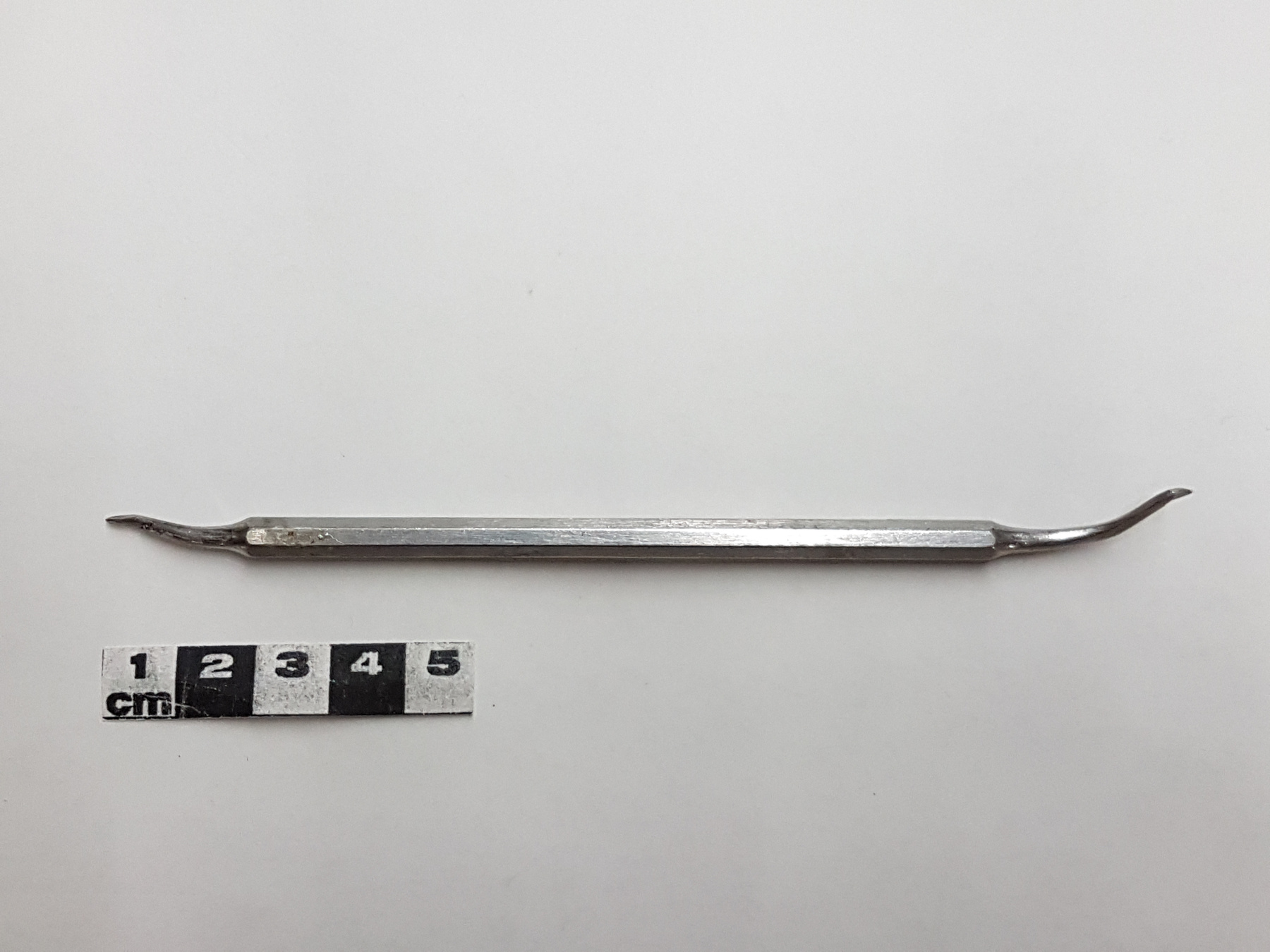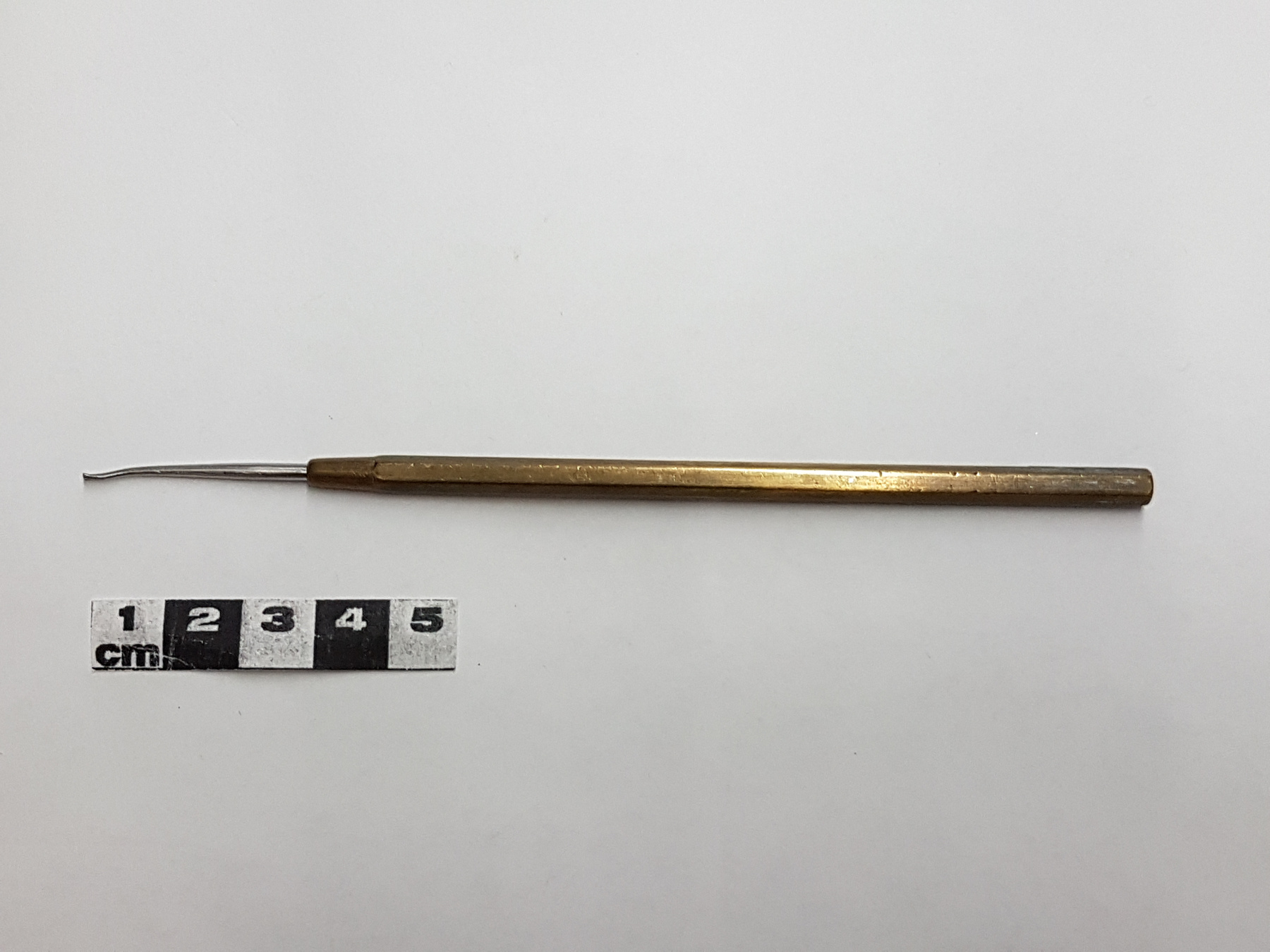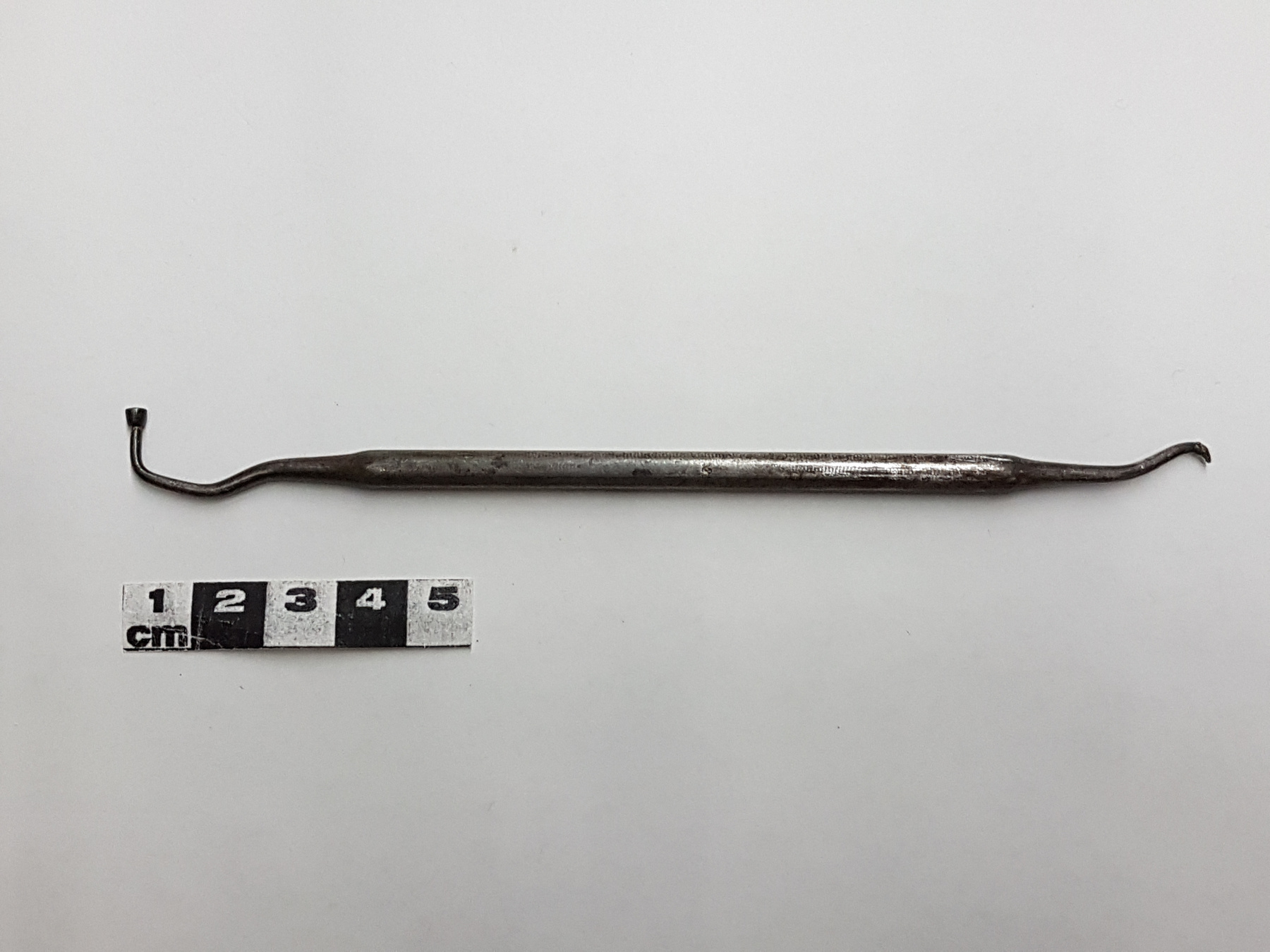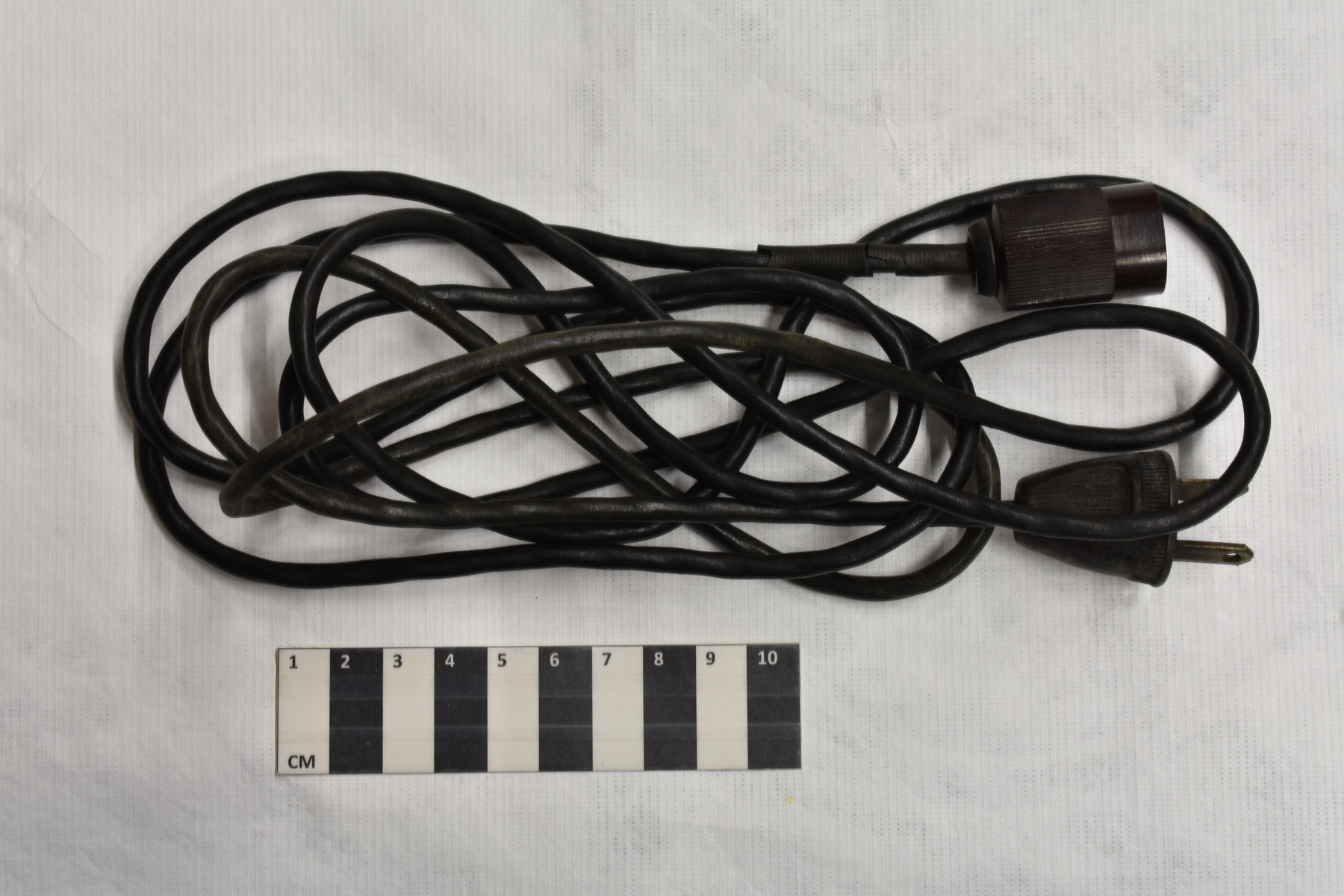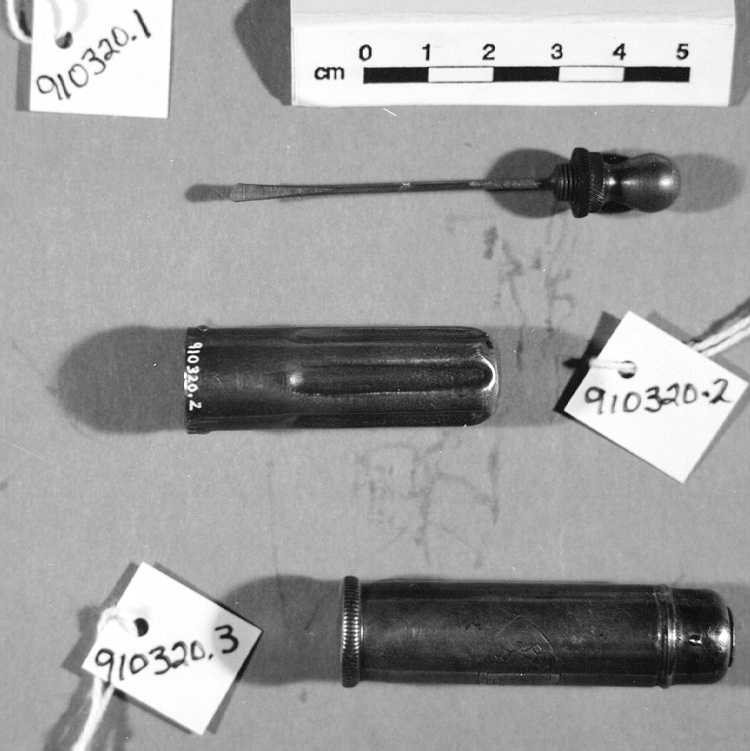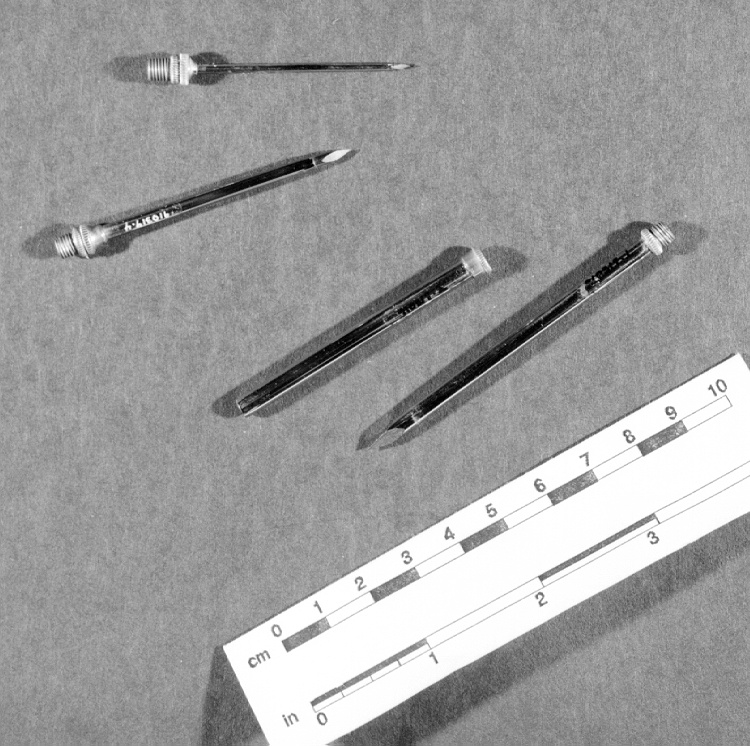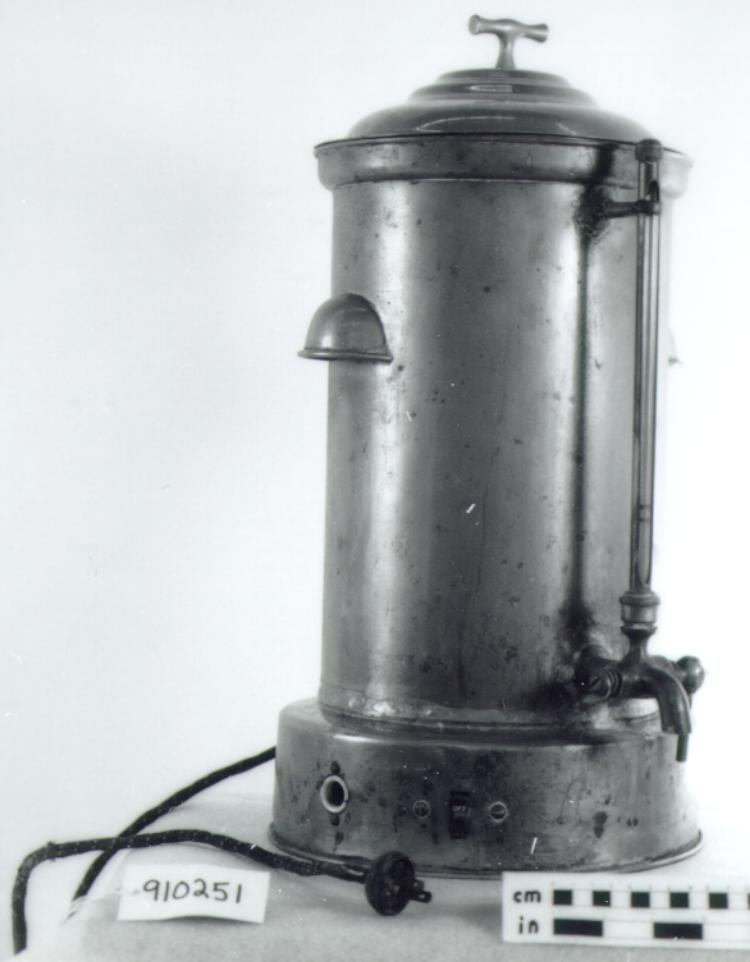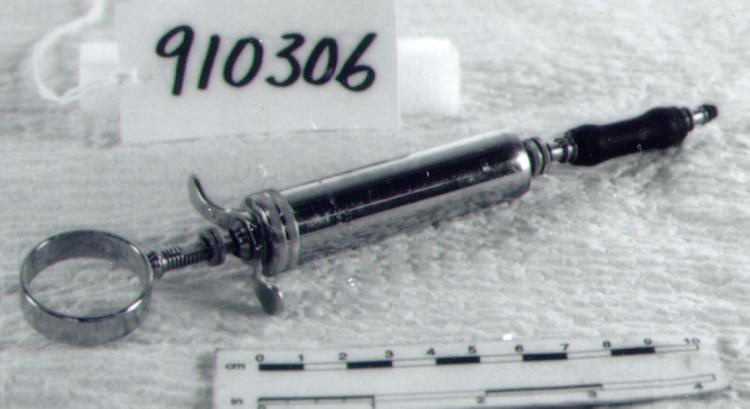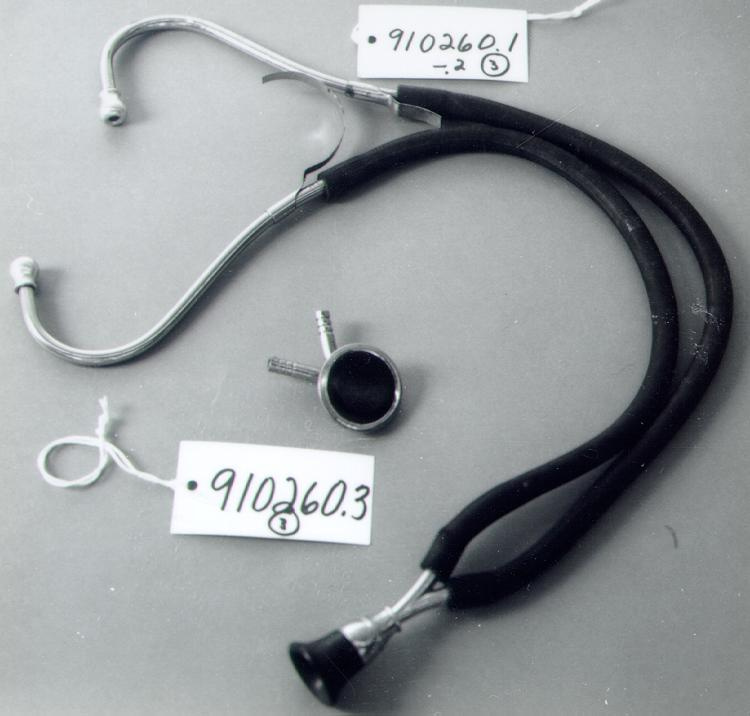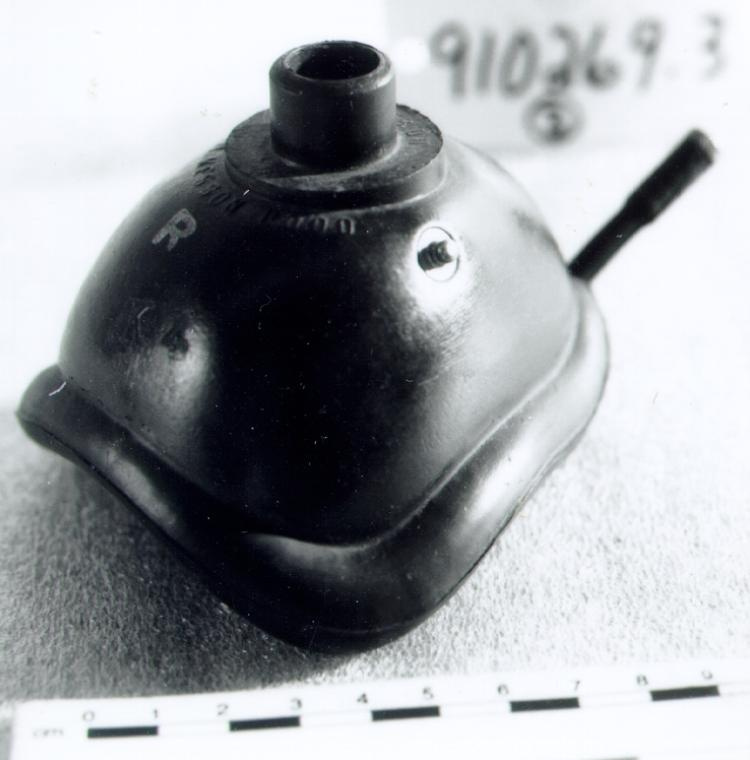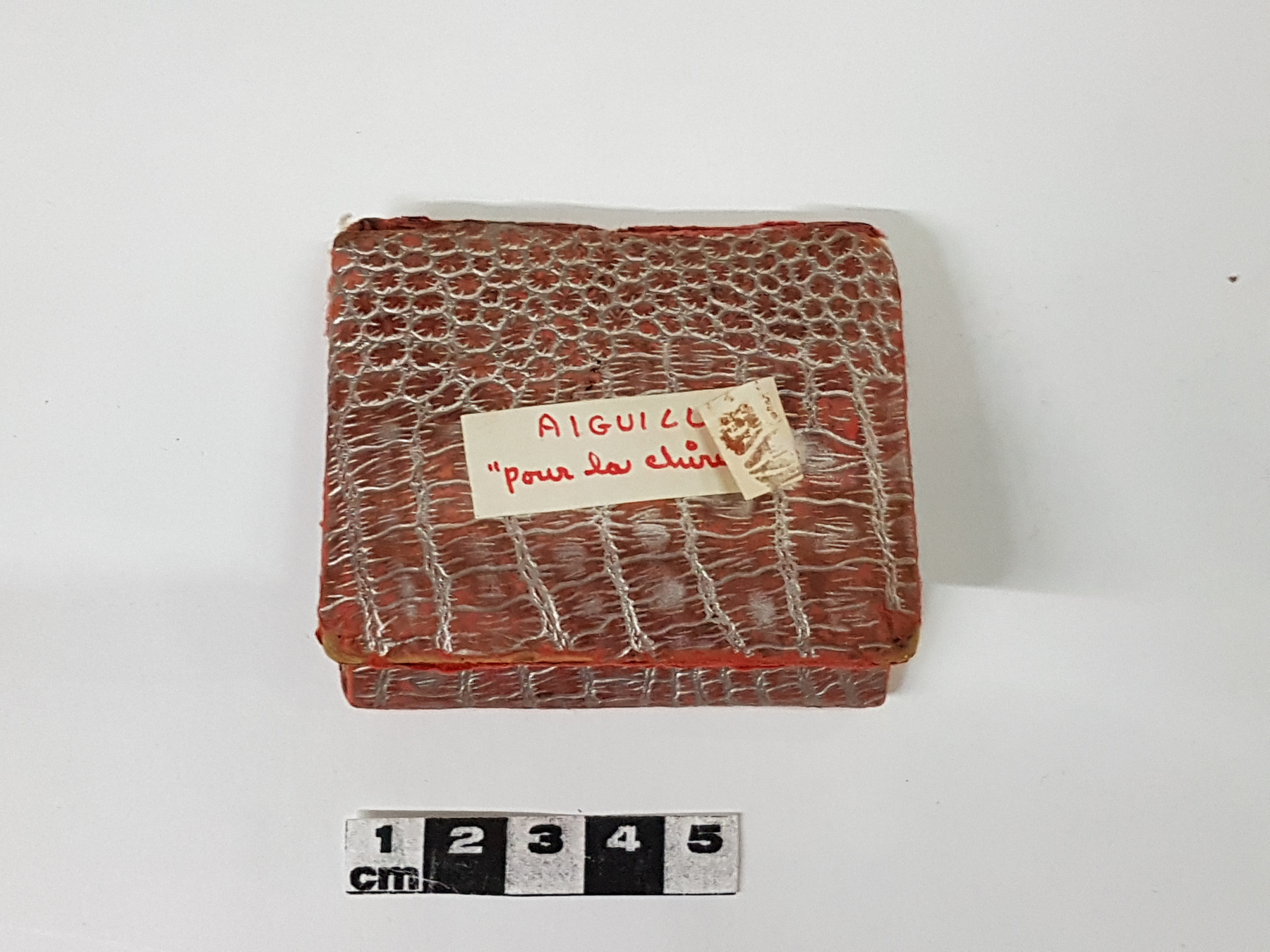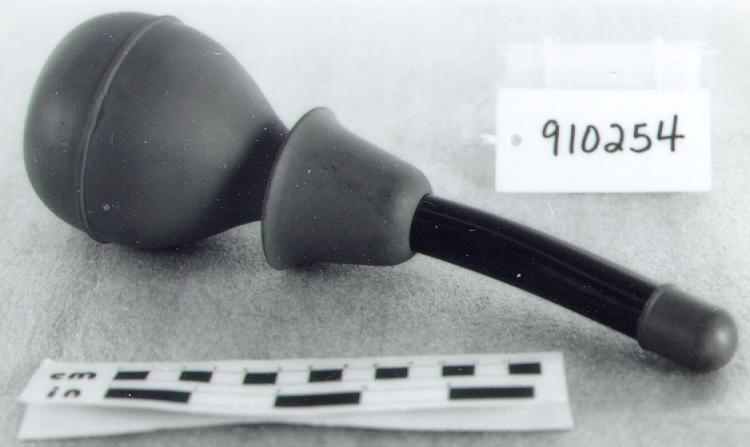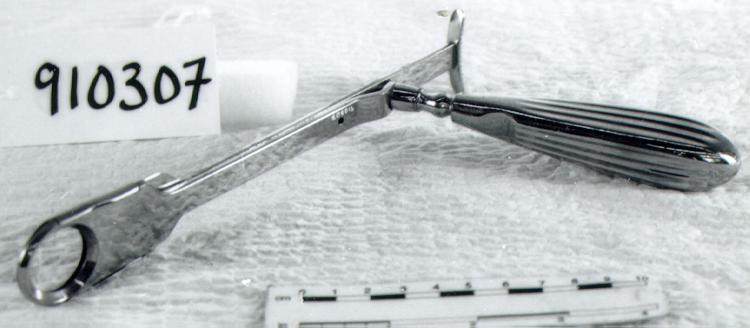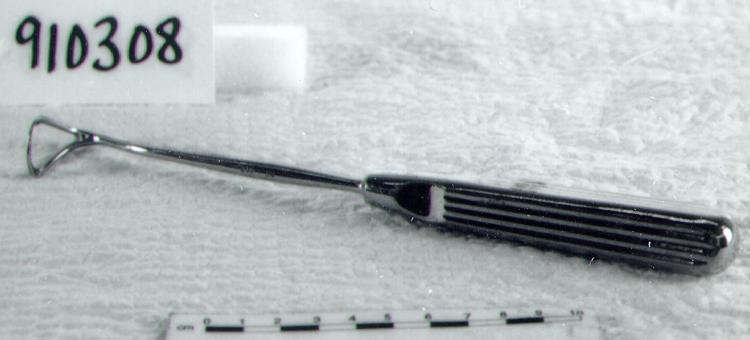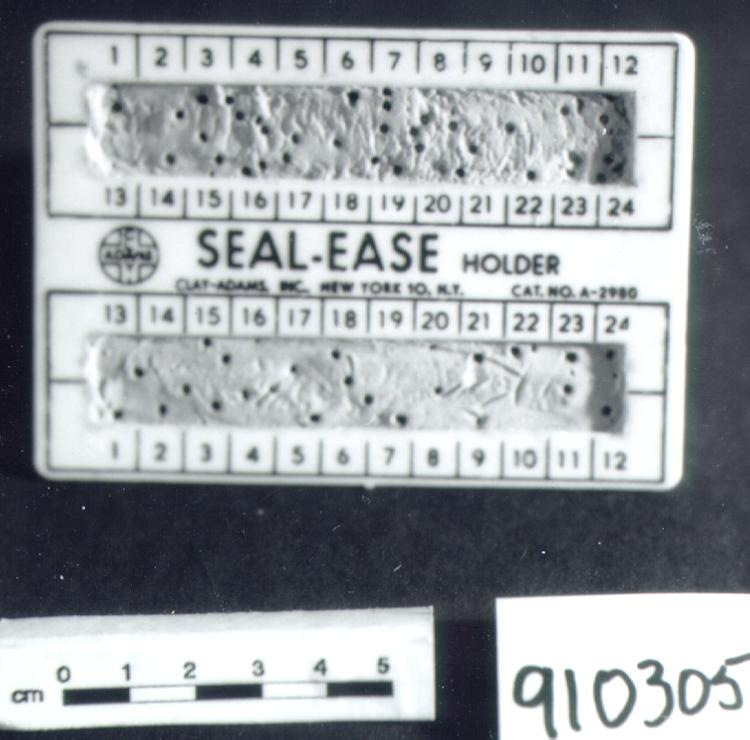Sealant, capillary tube
Use this image
Can I reuse this image without permission? Yes
Object images on the Ingenium Collection’s portal have the following Creative Commons license:
Copyright Ingenium / CC BY-NC-ND (Attribution-NonCommercial 4.0 International (CC BY-NC 4.0)
ATTRIBUTE THIS IMAGE
Ingenium,
1991.0305.001
Permalink:
Ingenium is releasing this image under the Creative Commons licensing framework, and encourages downloading and reuse for non-commercial purposes. Please acknowledge Ingenium and cite the artifact number.
DOWNLOAD IMAGEPURCHASE THIS IMAGE
This image is free for non-commercial use.
For commercial use, please consult our Reproduction Fees and contact us to purchase the image.
- OBJECT TYPE
- N/A
- DATE
- 1960–1980
- ARTIFACT NUMBER
- 1991.0305.001
- MANUFACTURER
- Clay-Adams Inc.
- MODEL
- SEAL-EASE
- LOCATION
- New York, New York, United States of America
More Information
General Information
- Serial #
- N/A
- Part Number
- 1
- Total Parts
- 1
- AKA
- N/A
- Patents
- N/A
- General Description
- SEALANT HOLDER IS SYNTHETIC PLASTIC AND CONTAINS A PUTTY LIKE COMPOUND.
Dimensions
Note: These reflect the general size for storage and are not necessarily representative of the object's true dimensions.
- Length
- 10.7 cm
- Width
- 7.5 cm
- Height
- N/A
- Thickness
- N/A
- Weight
- N/A
- Diameter
- N/A
- Volume
- N/A
Lexicon
- Group
- Medical Technology
- Category
- Medical equipment
- Sub-Category
- N/A
Manufacturer
- AKA
- Clay Adams
- Country
- United States of America
- State/Province
- New York
- City
- New York
Context
- Country
- Canada
- State/Province
- New Brunswick
- Period
- C.1960-PRESENT
- Canada
-
The methodology which used sealant and capillary tubes for determining hematocrit values is known as microhematocrit. This was an alternative to a method which used a venous blood sample & took longer to complete. The micro technique was fast, used a small quantity of sample & could be set up in small laboratories. “This artifact is part of a collection used in l’Hôpital de l’Assomption in Grand Falls/Grand Sault, New Brunswick. The hospital was run by the Secular Institute of The Oblate Missionaries of Mary Immaculate (OMMI), from 1952-1964. OMMI is a large organisation which ran residential schools across Canada and the Secular Institute is one arm of that larger organisation [1].The artifacts in this collection were curated by the Secular Institute (sometimes referred to as the “Oblates”), specifically Fabienne Rinfret, who was one of the original 10 nurses working at the hospital when it opened [2]. They were purchased by The Canada Science and Technology Museum in 1991, only months before OMMI made their first apology for their role in running residential schools [3]. The artifacts in this collection are common examples of medical objects, which were manufactured in many places inside and outside of Canada. What makes them unique is their context, they were used in this hospital by the “Oblate” nurses. The hospital was previously called l’Hôpital d’Emard and run by Mme. Emard, Mr. Emard (who was blind), and a few other staff [4]. The “Oblates” took over in 1952 and ran the hospital until May 31st 1964 upon the opening of Grand Falls General Hospital Incorporated, which was run by the Religieuses Hospitalières de St-Joseph. The Cataract Weekly (Grand Falls’ bilingual newspaper) reported that all 55 staff members were hired on at the new hospital and most of the equipment was transferred there as well [5]. After only a year and a half the Secular Institute had 200 members, most of whom had passed through the Mother House at l’Hospital de l’Assomption. Many members were nurses working at hospitals in New Brunswick and Québec. Others worked as teachers, housekeepers, and nurses at presbyteries [6]. From the Secular Institute’s history written in 2015, Malenfant states: “[t]he Institute did not limit itself to a particular type of works” and “[t]he intern members devoted themselves in varied works: hospitals, schools, classical colleges, dispensaries, secretariats, social services, homes for young girls, for convalescents or for the elderly, bookstores, […] etc.” [2]. There were no residential schools in New Brunswick, however, Shubenacadie Residential School ran in Nova Scotia from 1930 and 1967 [7]. From 1956-1967 it was managed by the Oblate Missionaries of Mary Immaculate [8]. There was also a segregated hospital and day school, Tobique Indian Hospital (also known as St. Ann’s Teacherage and Hospital) in Tobique, NB, which was run by the Sisters of Charity from 1928-1981 [9] [10].” [Ref 3] - Function
-
COMPOUND IS USED TO SEAL THE END OF GLASS CAPILLARY TUBES USED FOR MICROHEMATOCRIT TESTS. AFTER BLOOD WAS DRAWN INTO THE TUBE ONE END WAS PRESSED INTO THE COMPOUND TO FORM A PLUG ALLOWING THE TUBE TO BE CENTRIFUGED. PLASTIC CAPS WERE AVAILABLE LATER TO USE IN PLACE OF A PUTTY SEALANT. - Technical
-
THE MICROHEMATOCRIT METHOD WAS A FASTER TEST AND COULD BE PERFORMED USING A FINGER PRICK THUS MAKING IT EASILY PERFORMED ON BABIES OR CHILDREN. THE SEALANT USED WAS EITHER A CLAY/PLASTICENE (REF.2) OR A SYNTHETIC PLASTIC PUTTY. THE ALTERNATIVE WAS TO USE A MICROBURNER WHICH PROBABLY POSED A FEW TECHNICAL PROBLEMS. - Area Notes
-
Unknown
Details
- Markings
- MARKED IN BLACK ON SURFACE OF HOLDER SURROUNDING THE TOP & BOTTOM SECTIONS OF SEALANT ARE NUMBERS 1-24. MARKED IN BLACK IN THE MIDDLE SECTION OF HOLDER 'CLAY/ADAMS [COMPANY LOGO] SEAL-EASE HOLDER/ CLAY-ADAMS, INC. NEW YORK 10, N.Y. CAT. NO. A-2980'
- Missing
- NONE
- Finish
- WHITE PLASTIC CASING HAS BLACK TEXT, SEALING COMPOUND IS LIGHT BROWN
- Decoration
- N/A
CITE THIS OBJECT
If you choose to share our information about this collection object, please cite:
Clay-Adams Inc., Sealant, capillary tube, circa 1960–1980, Artifact no. 1991.0305, Ingenium – Canada’s Museums of Science and Innovation, http://collection.ingeniumcanada.org/en/id/1991.0305.001/
FEEDBACK
Submit a question or comment about this artifact.
More Like This
